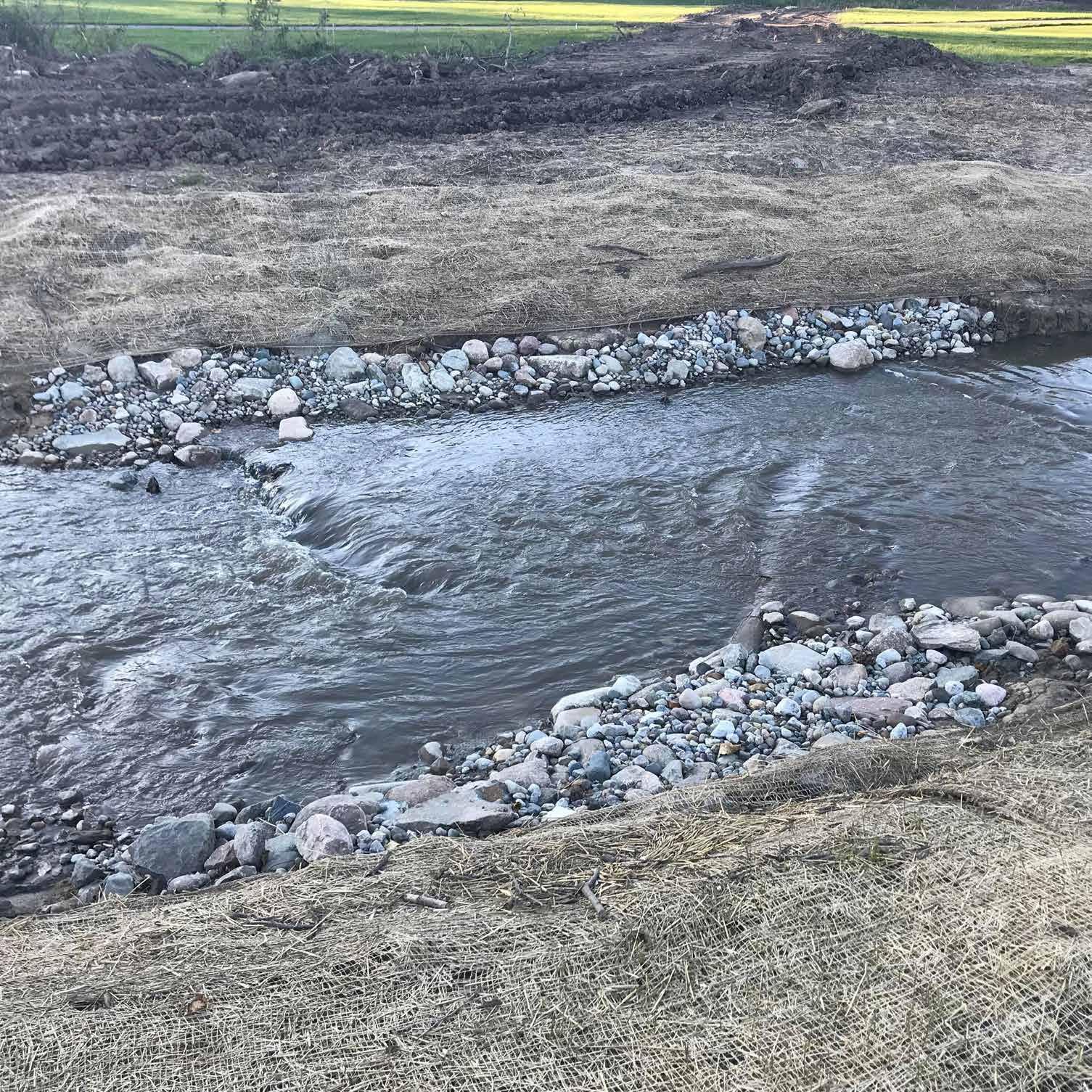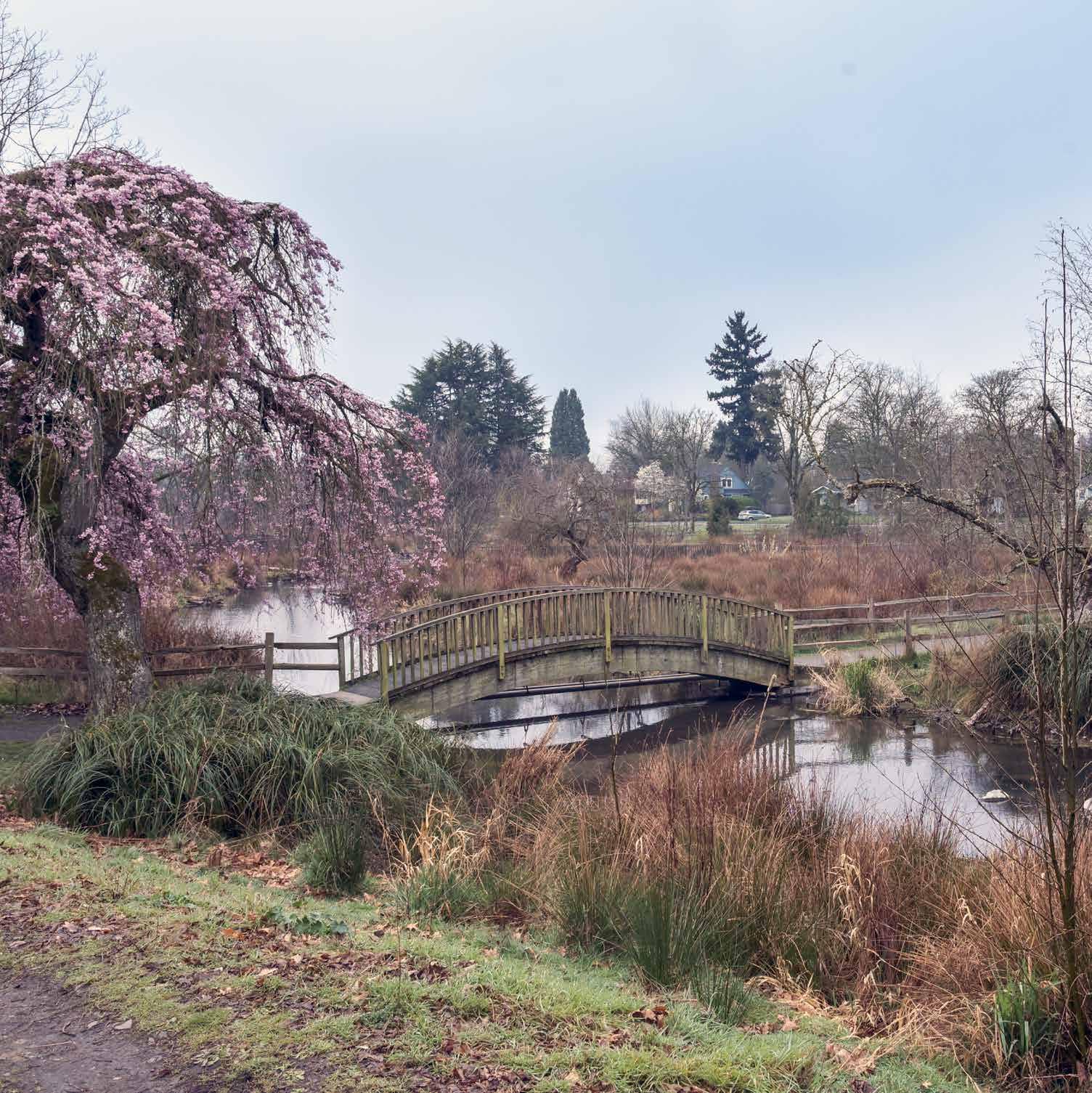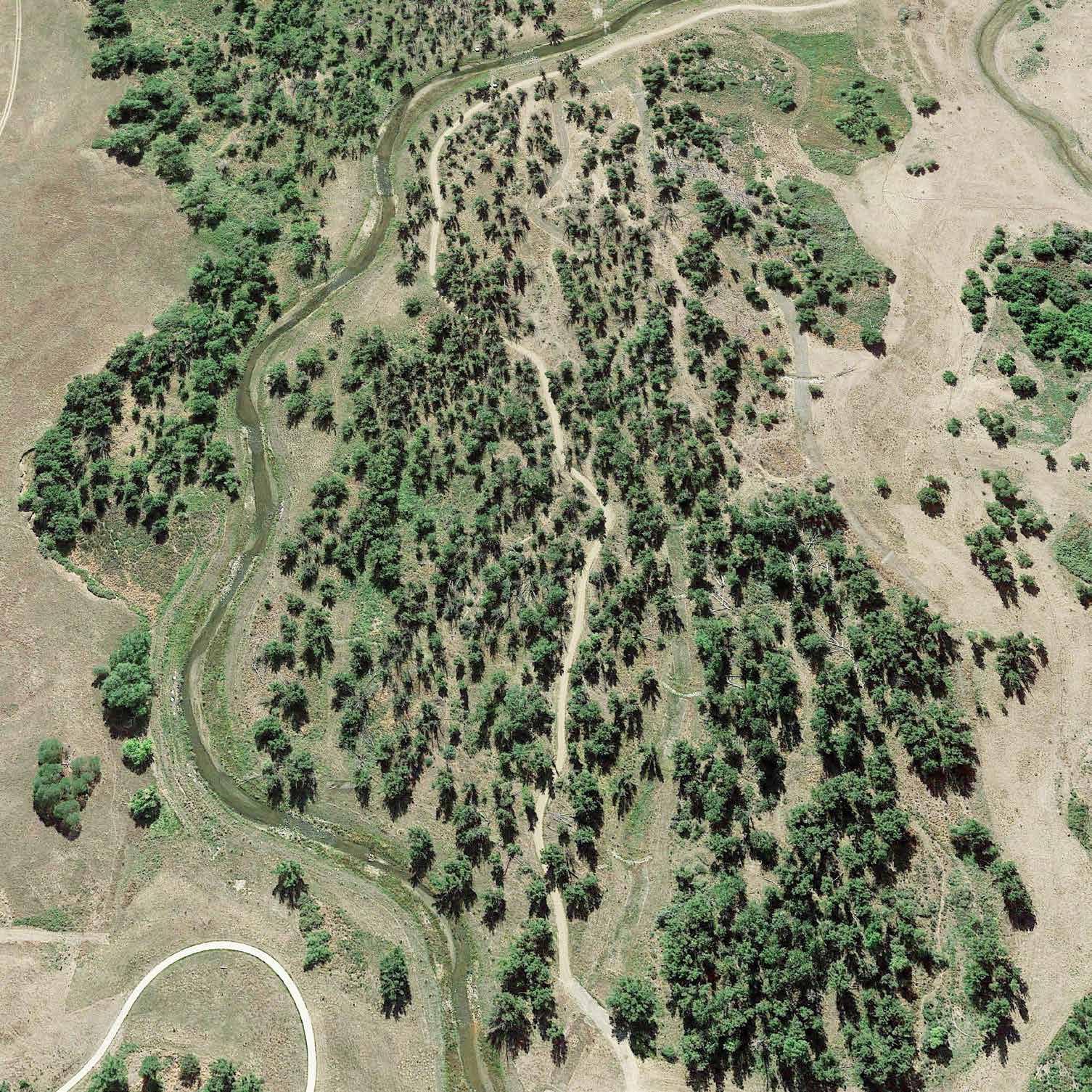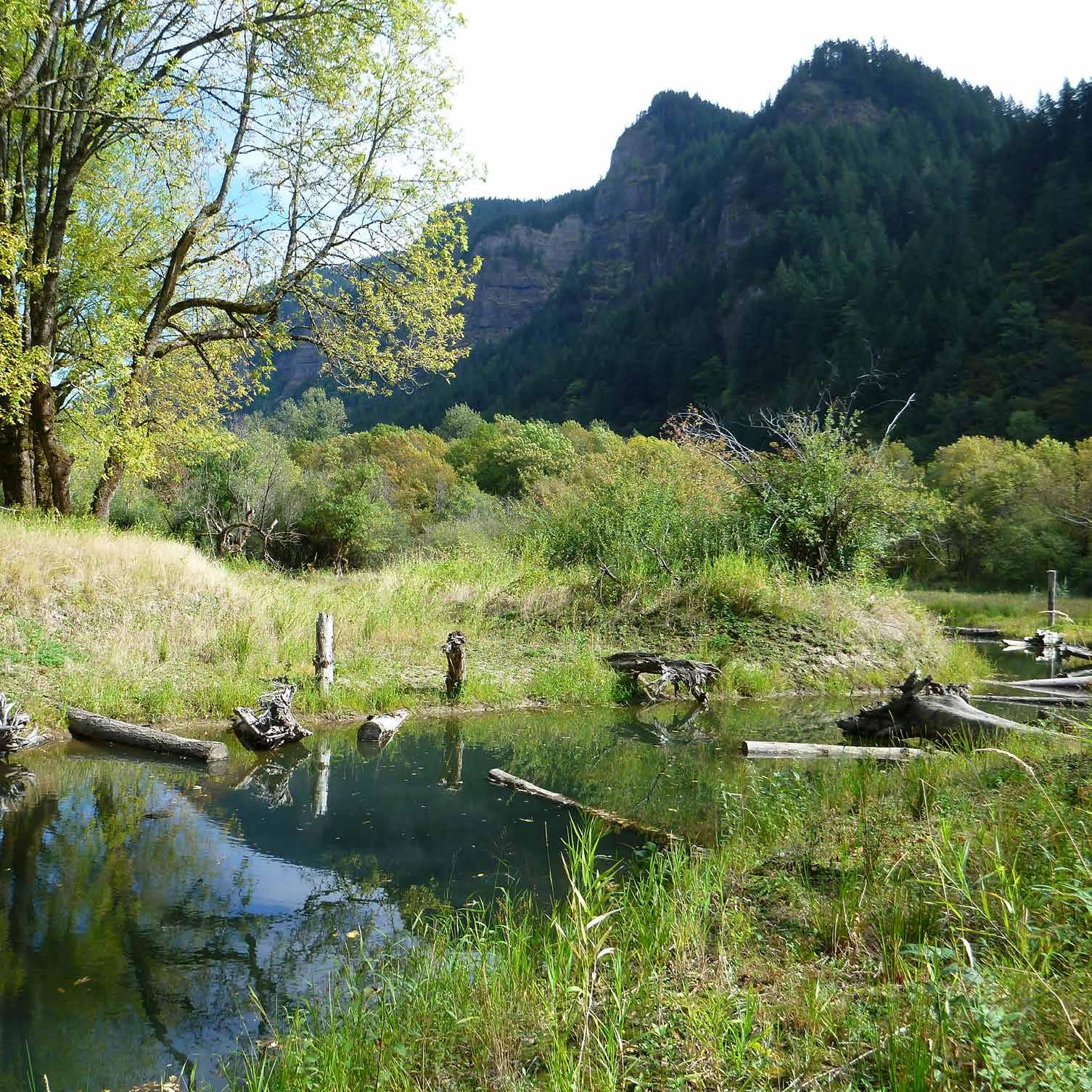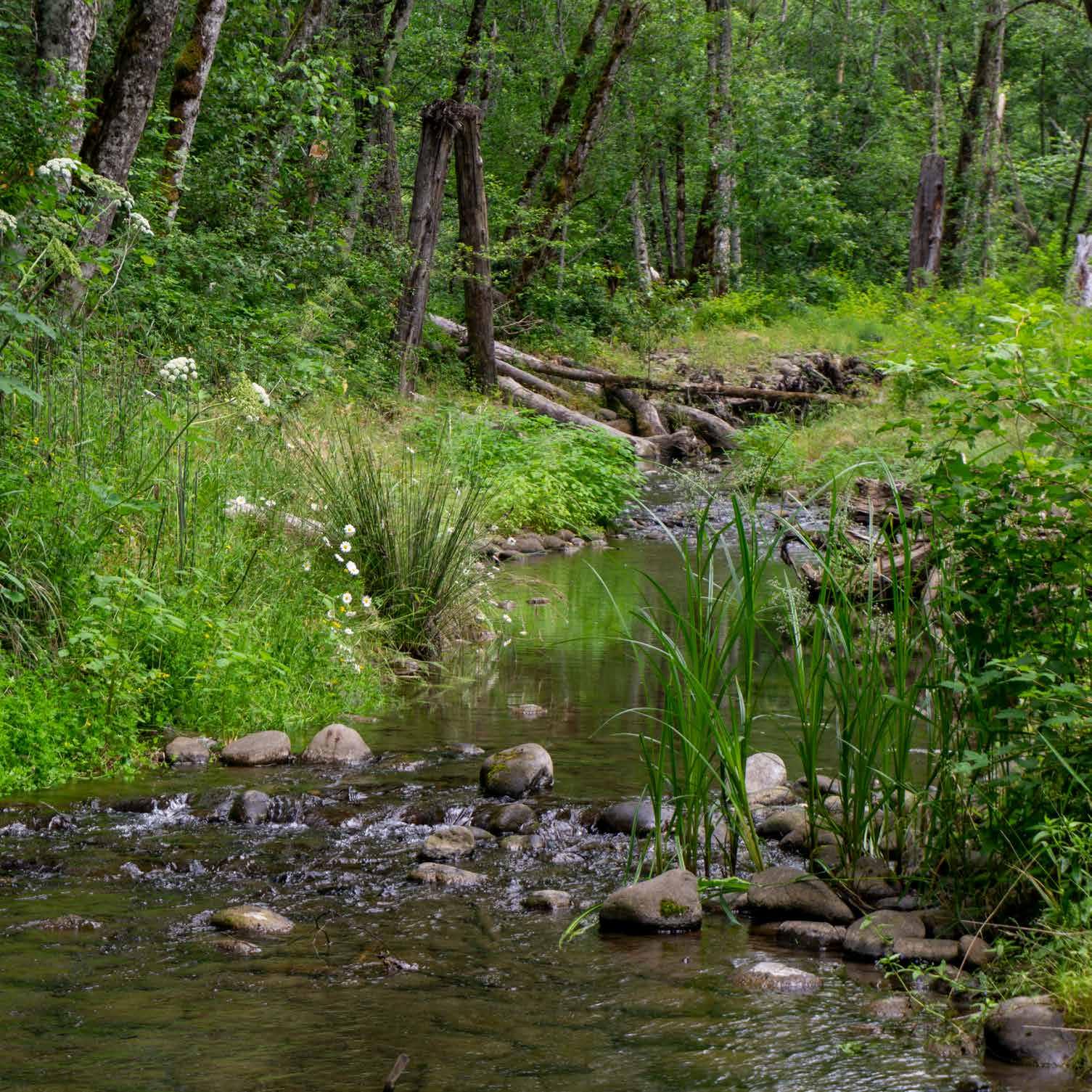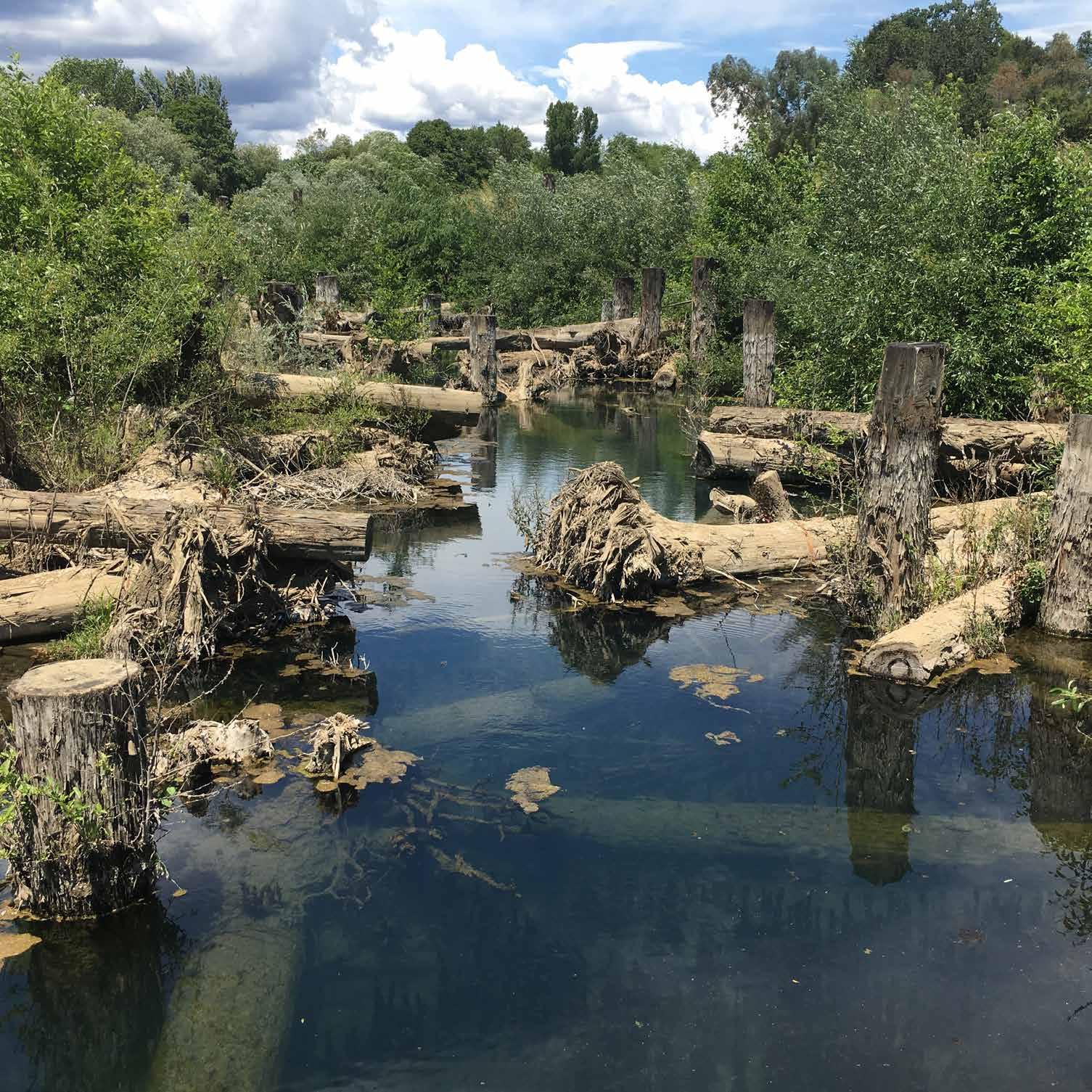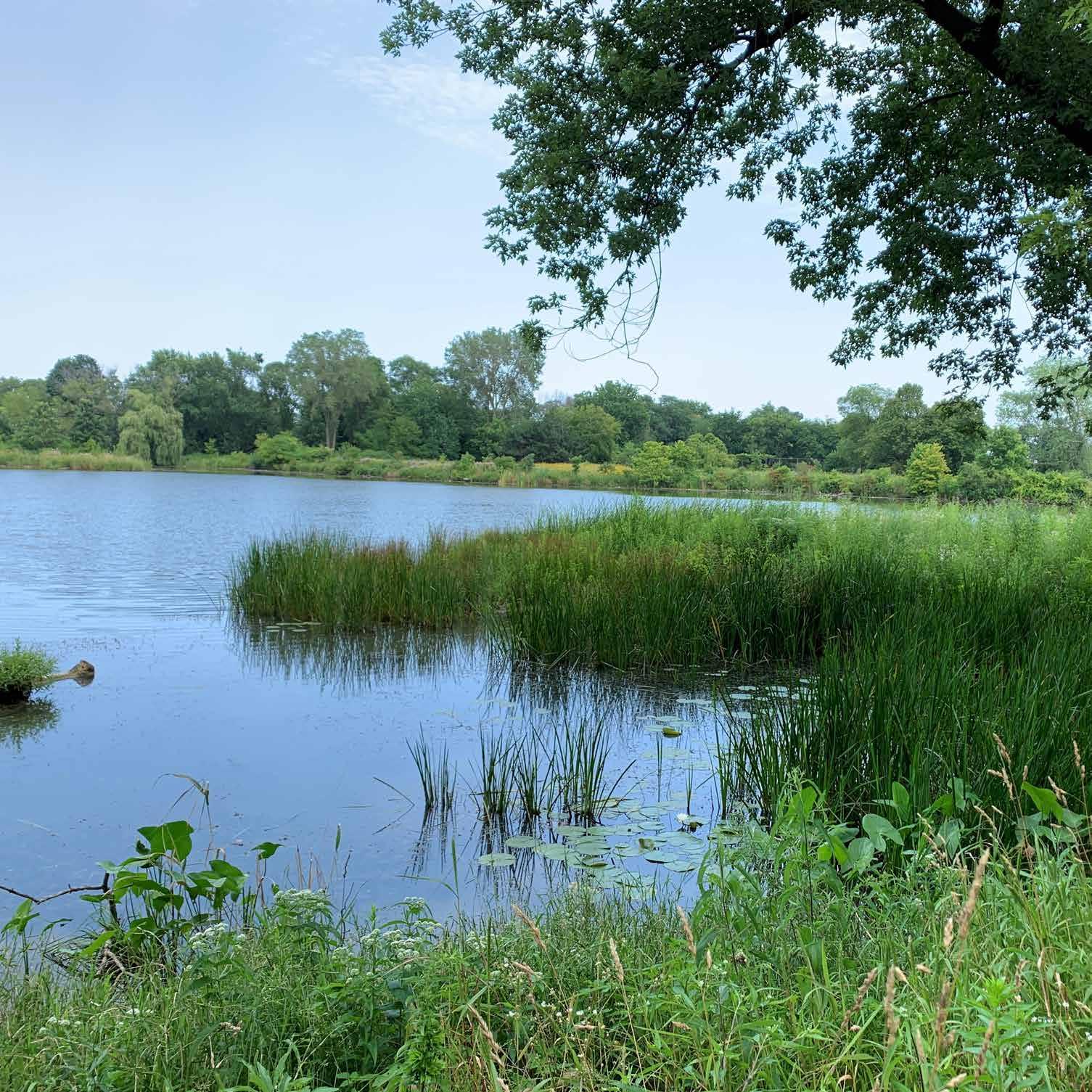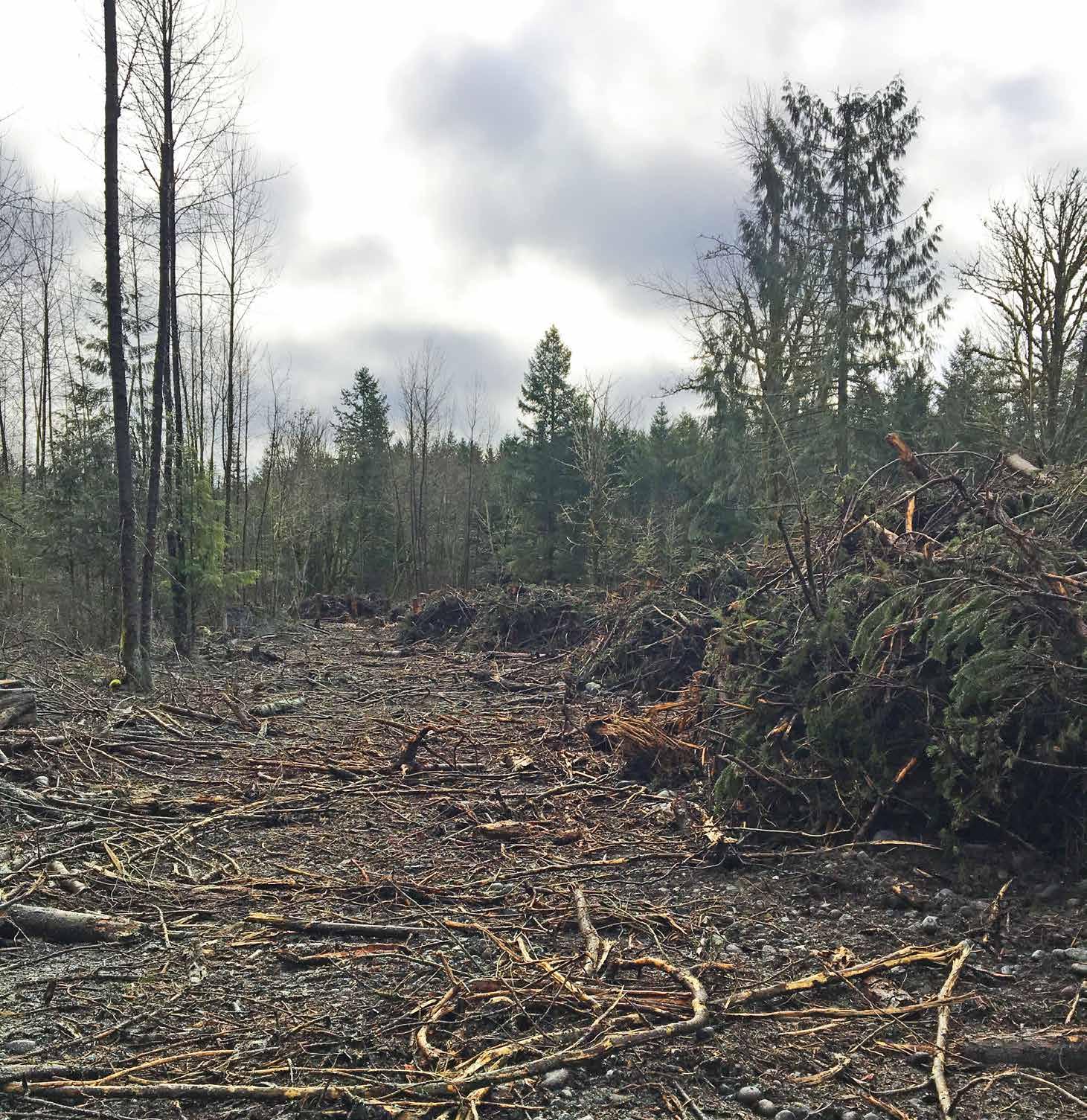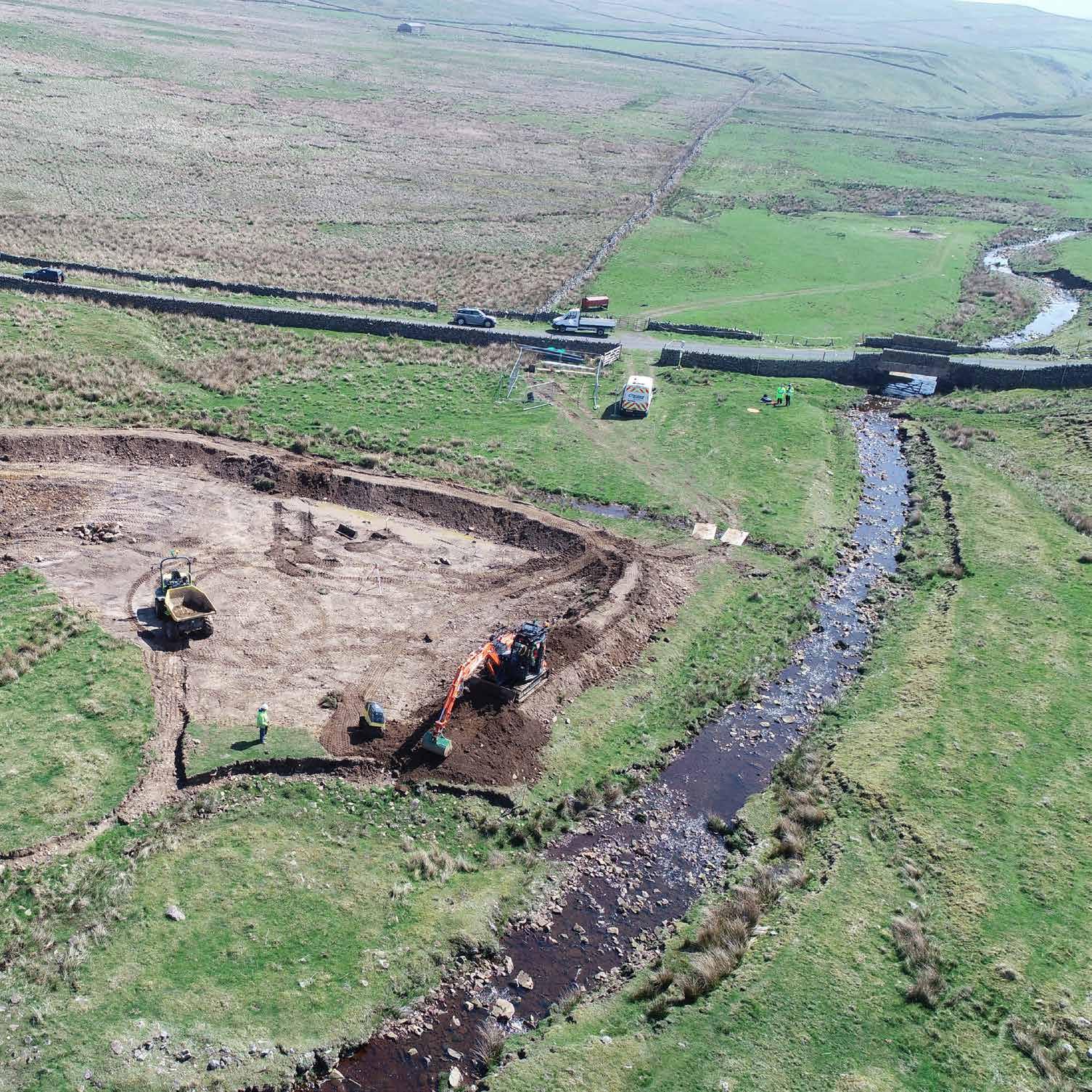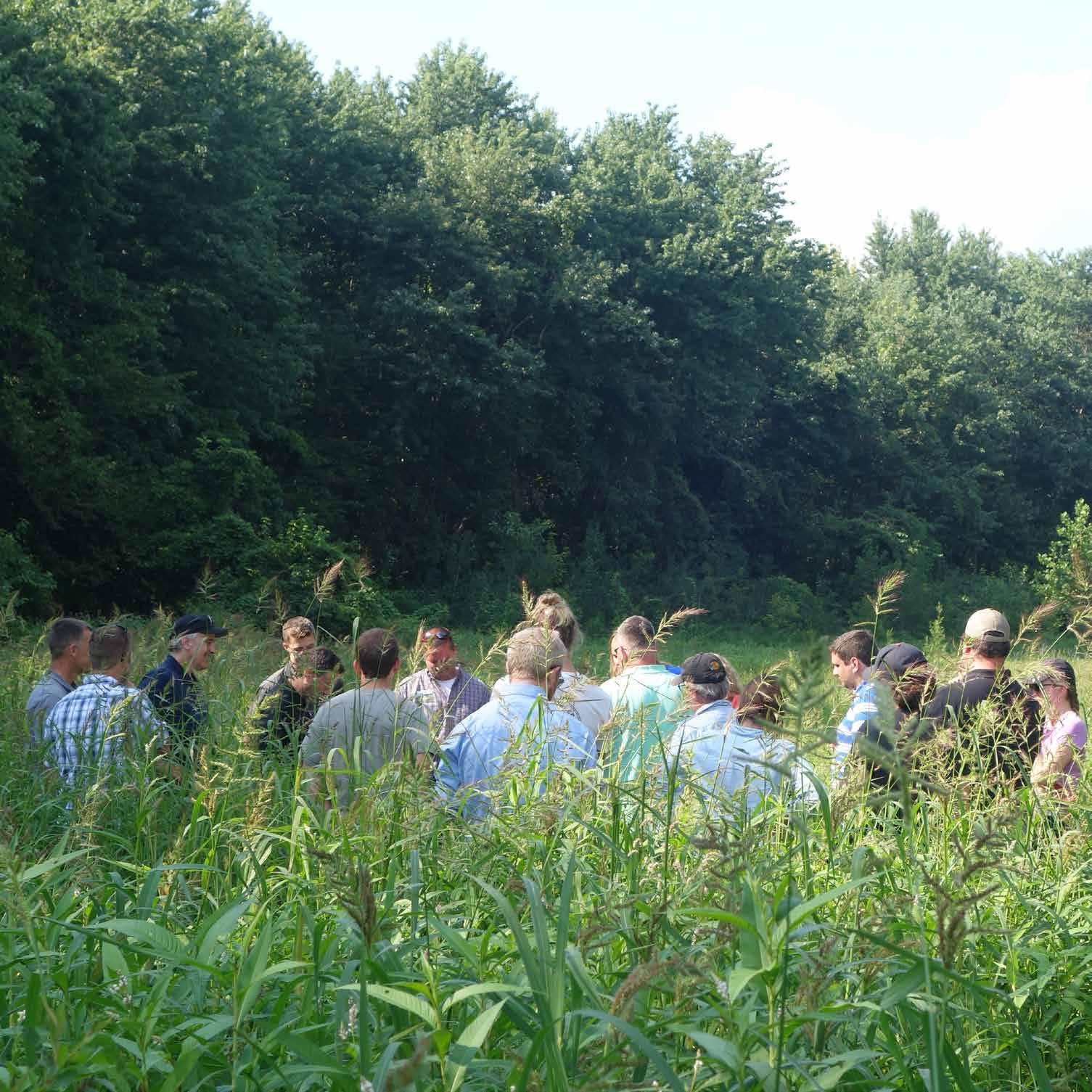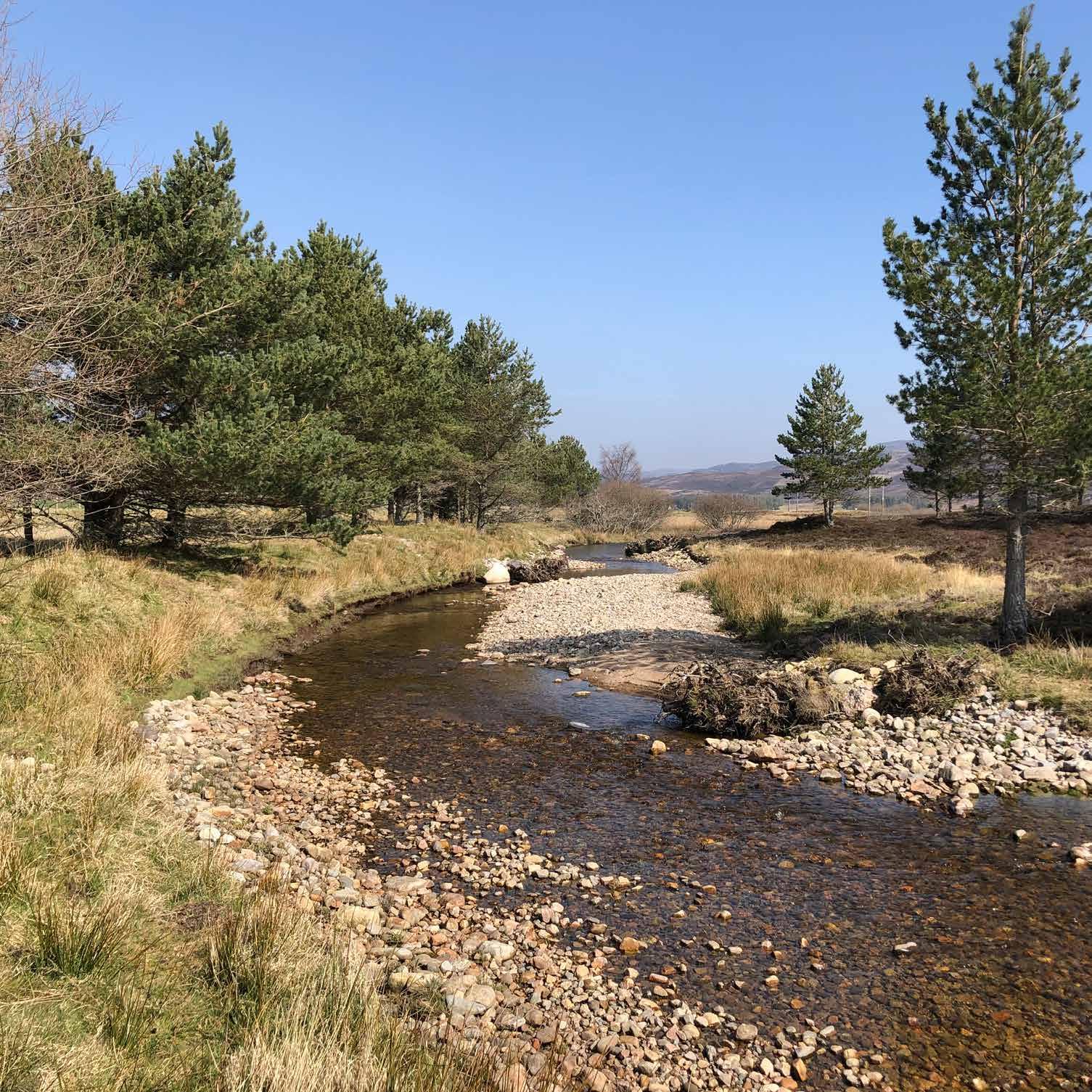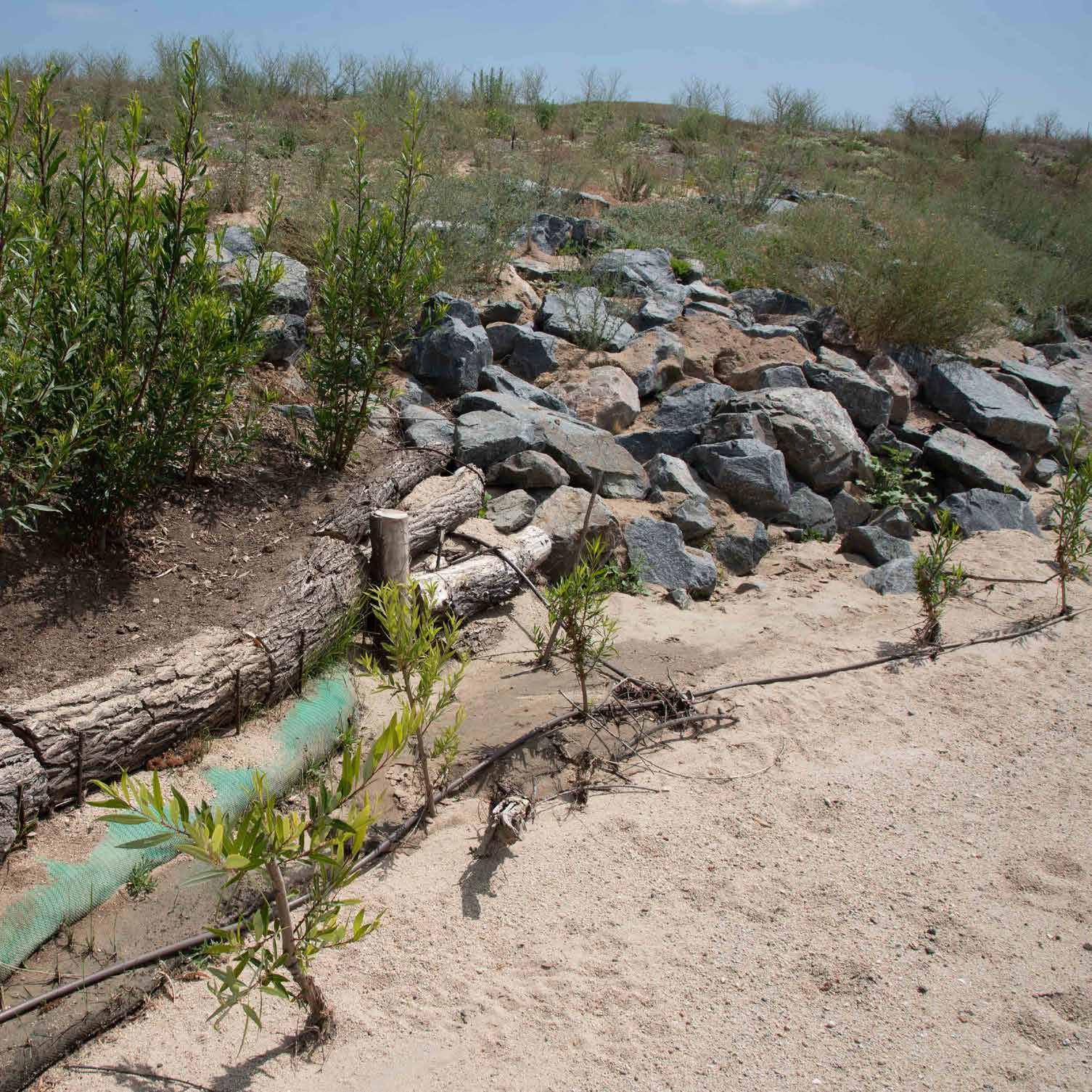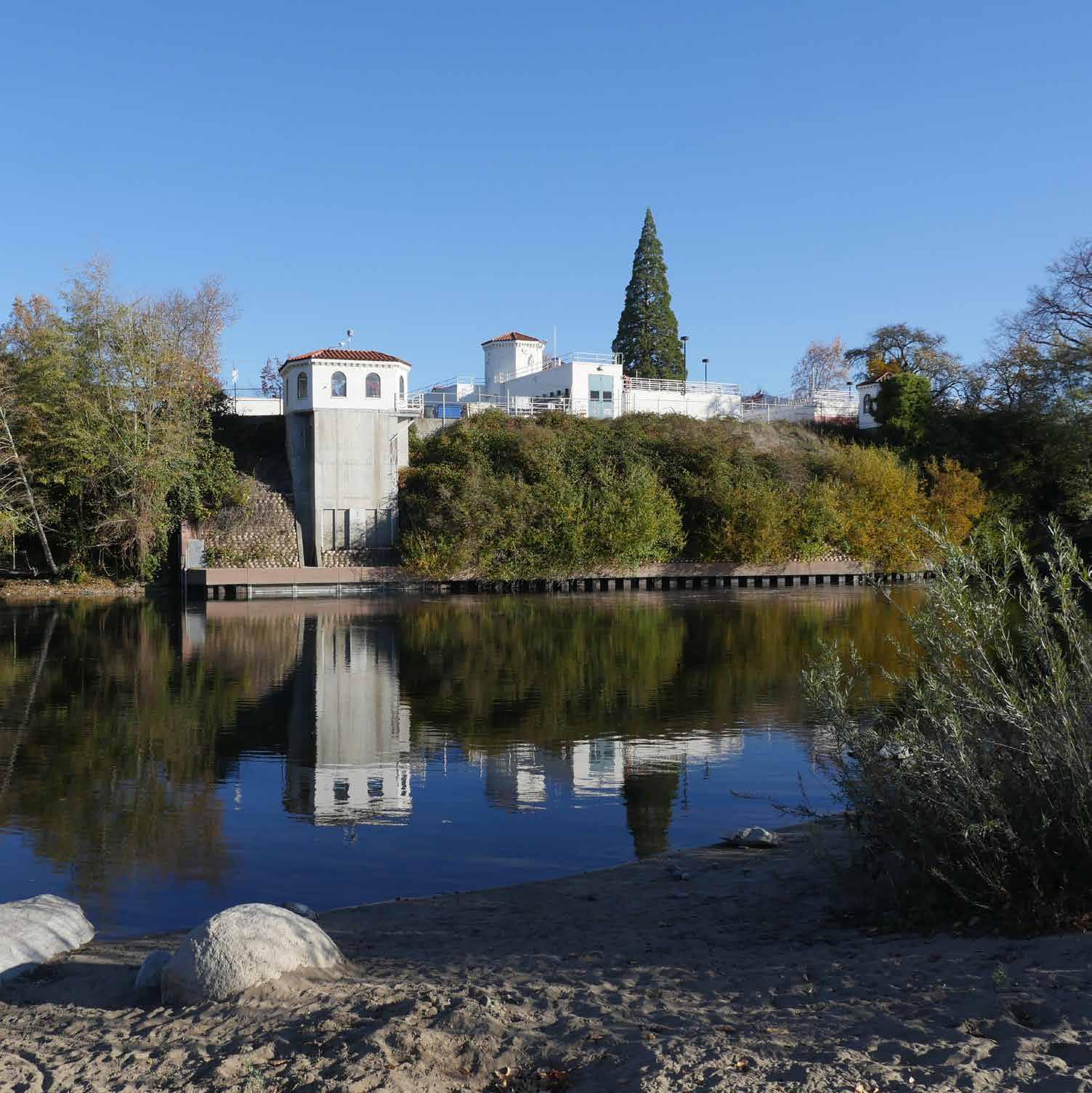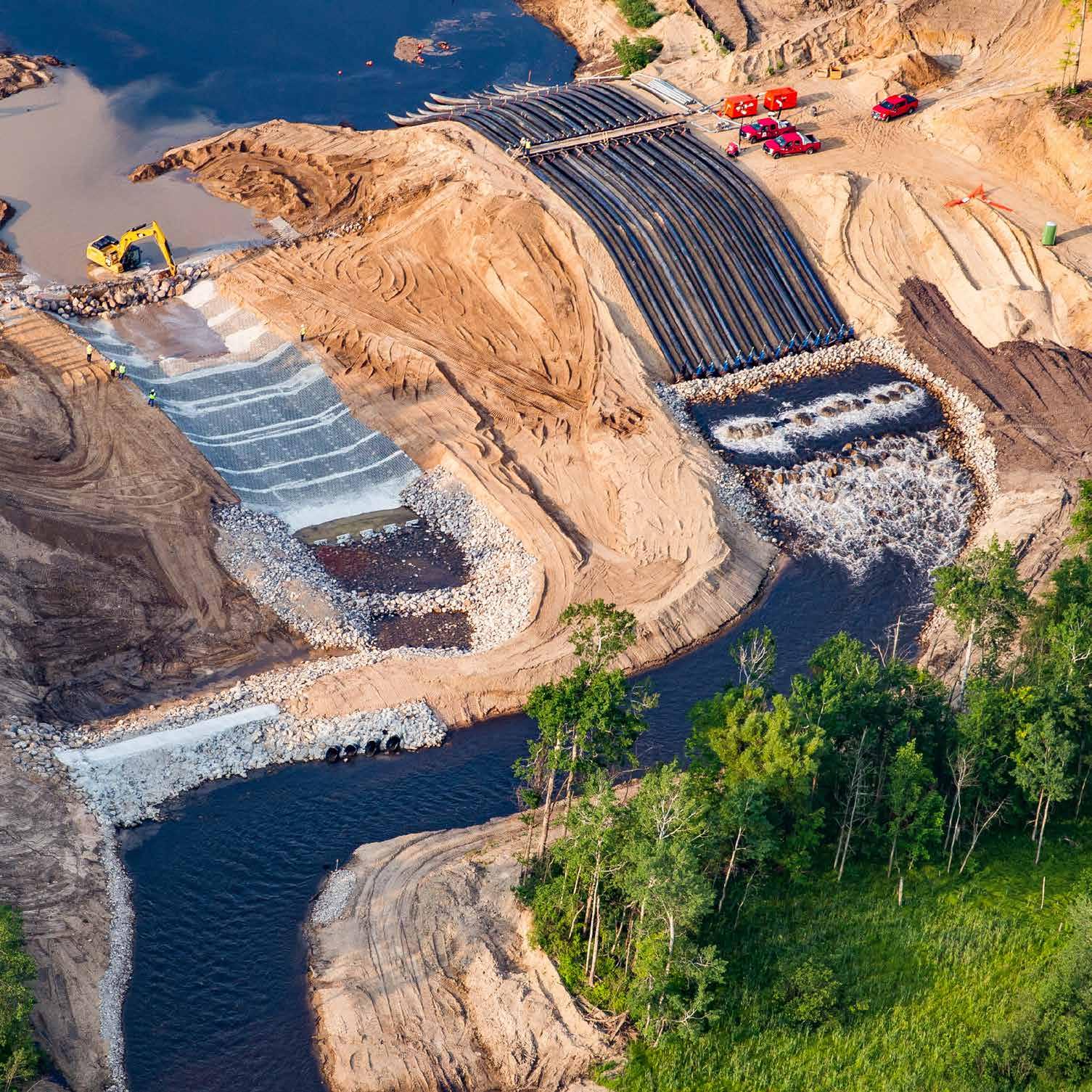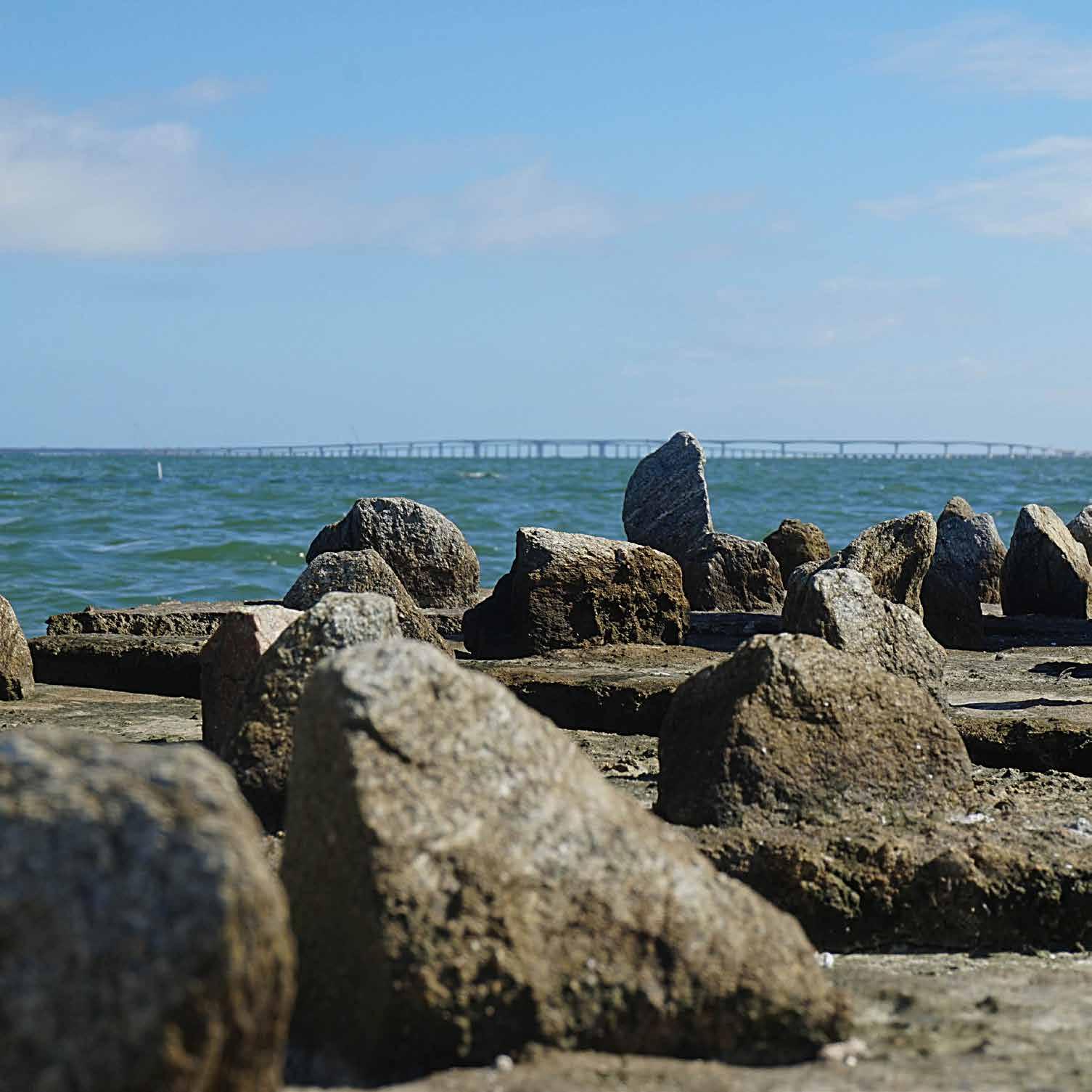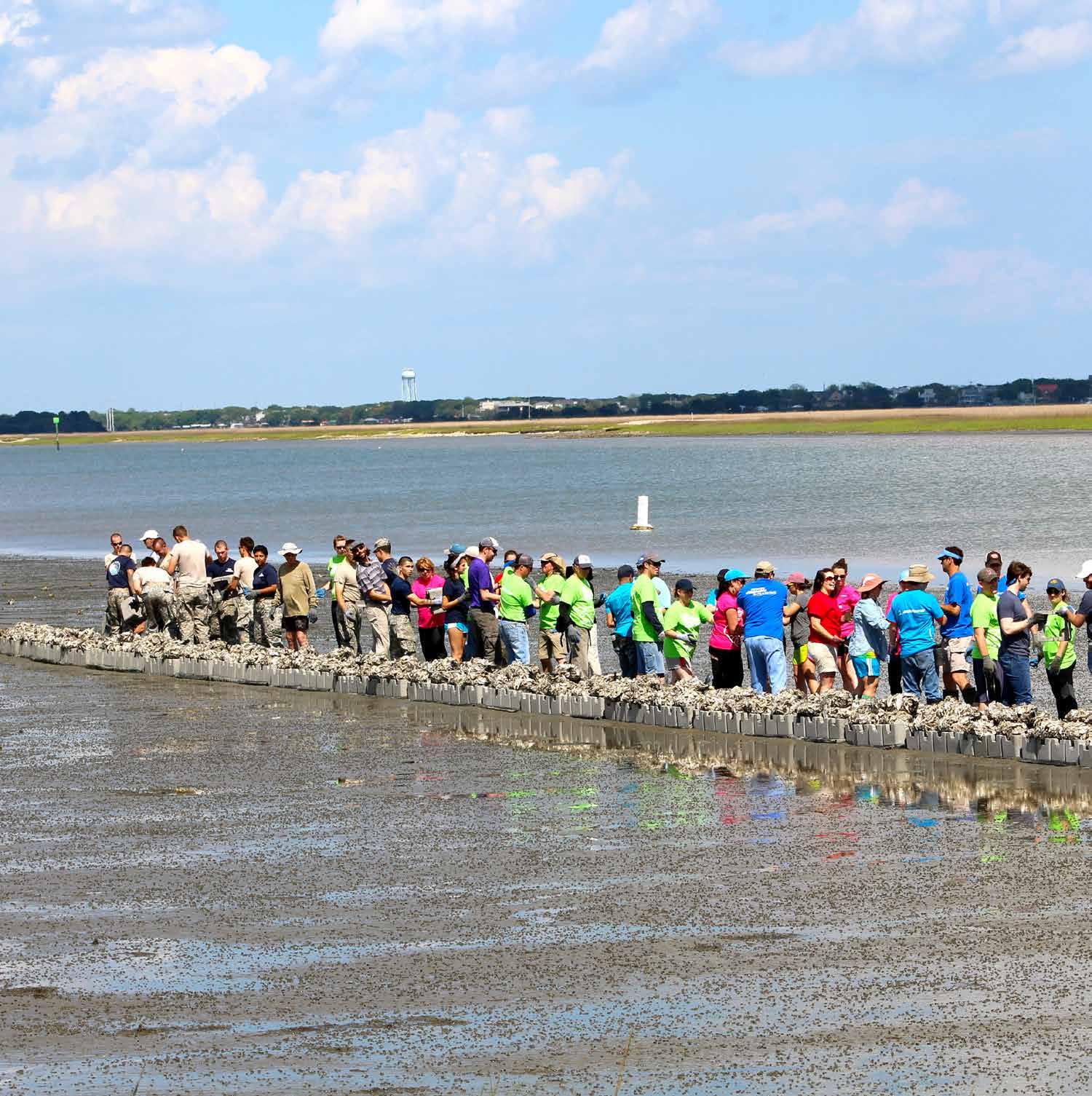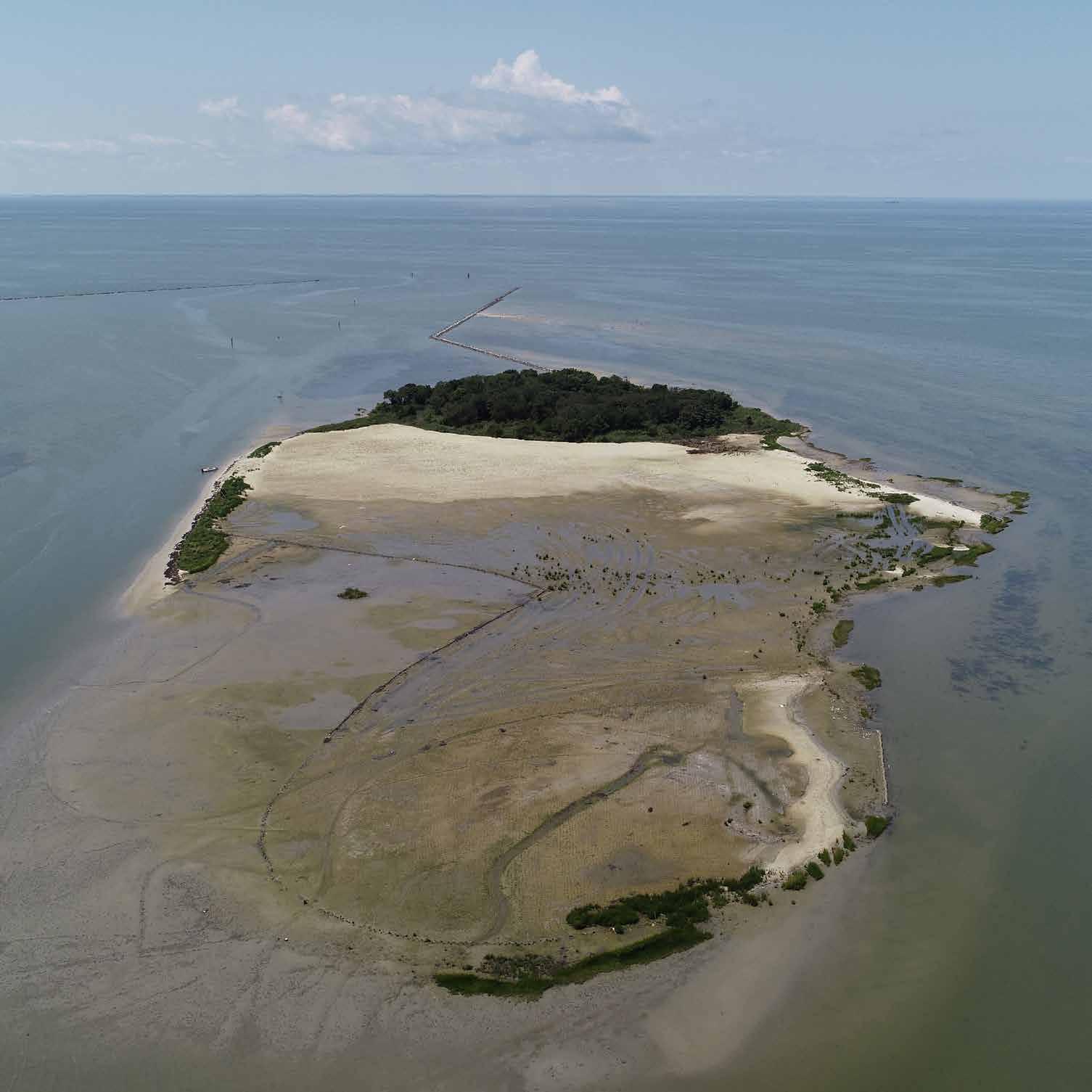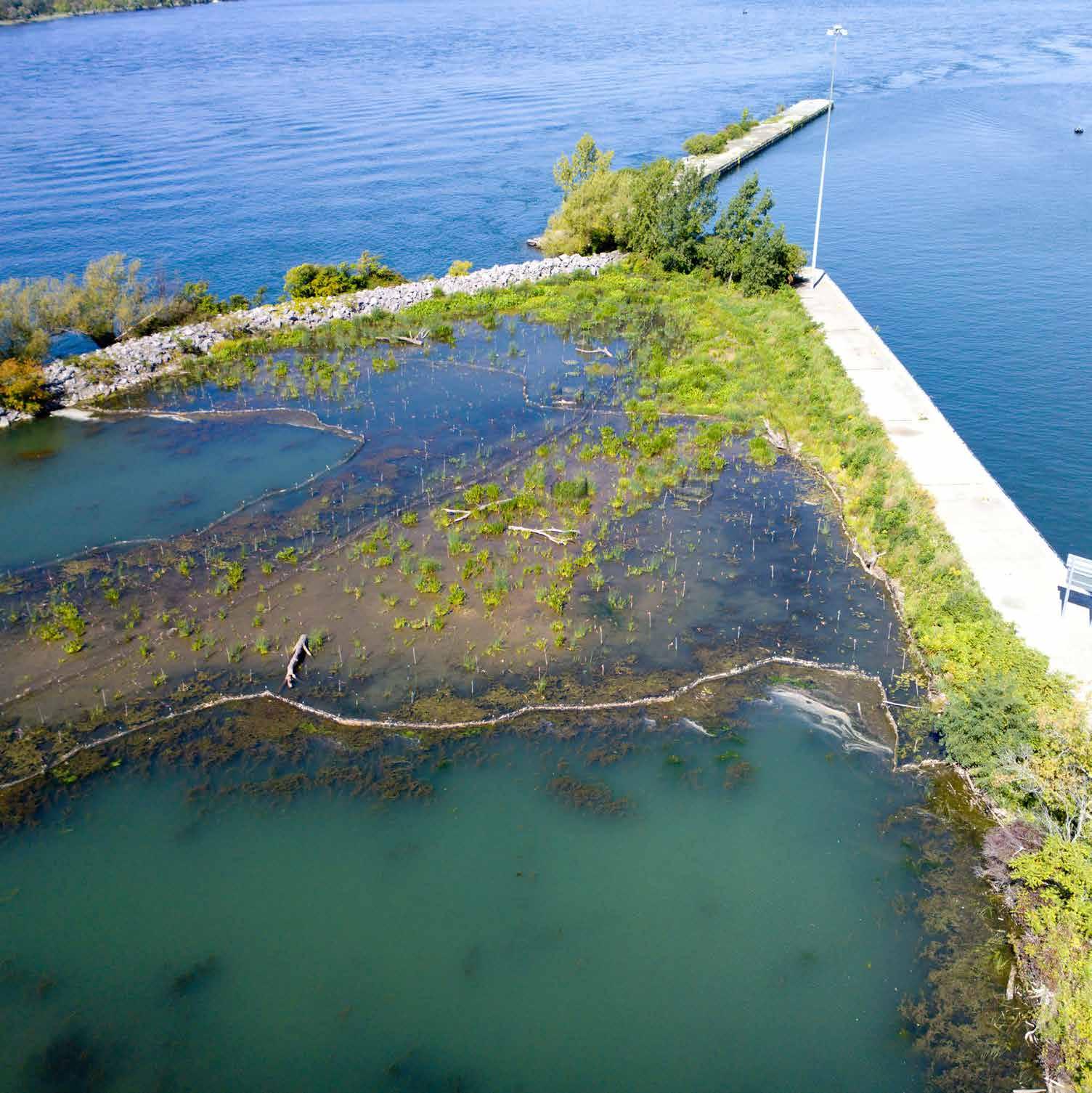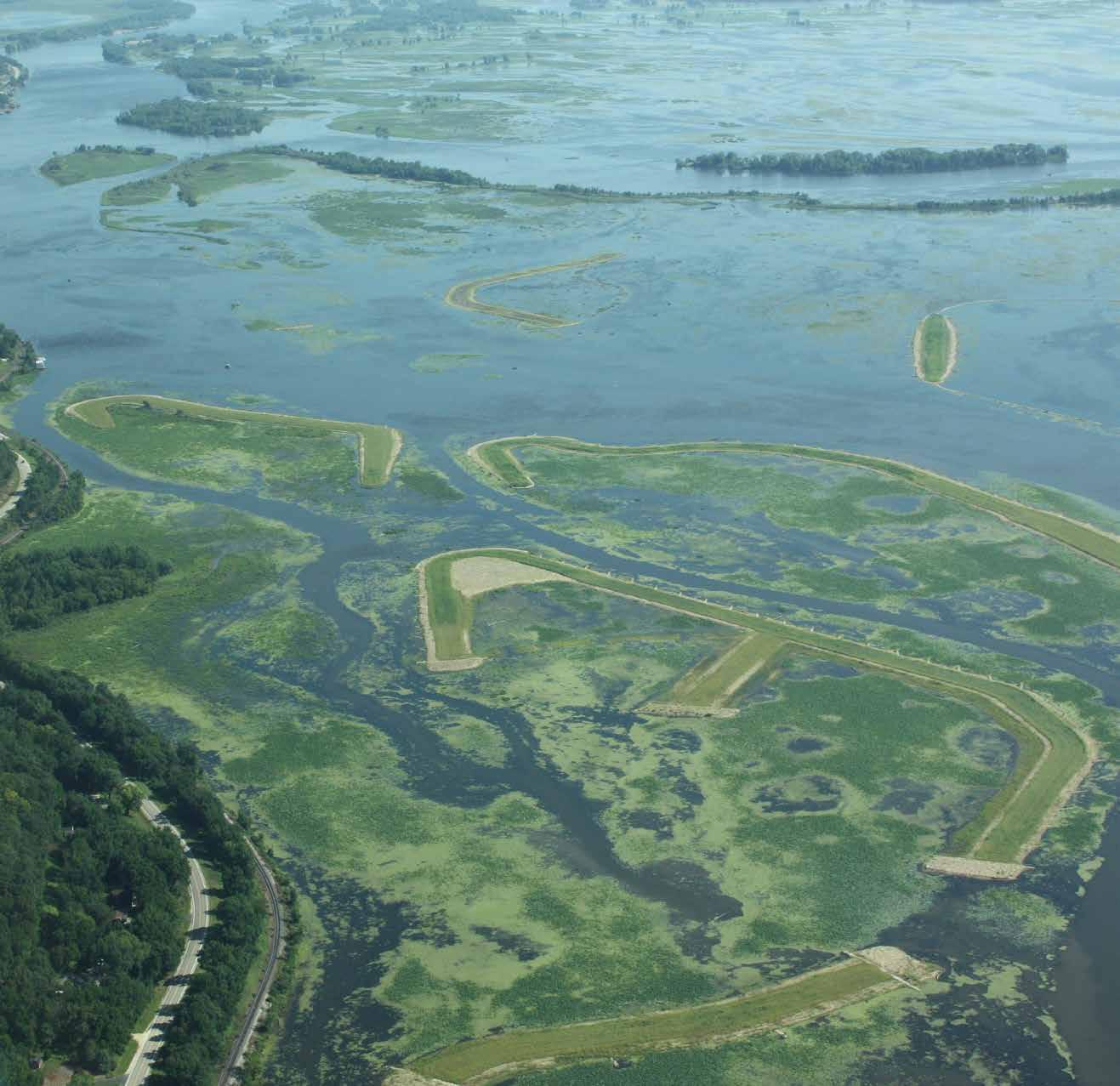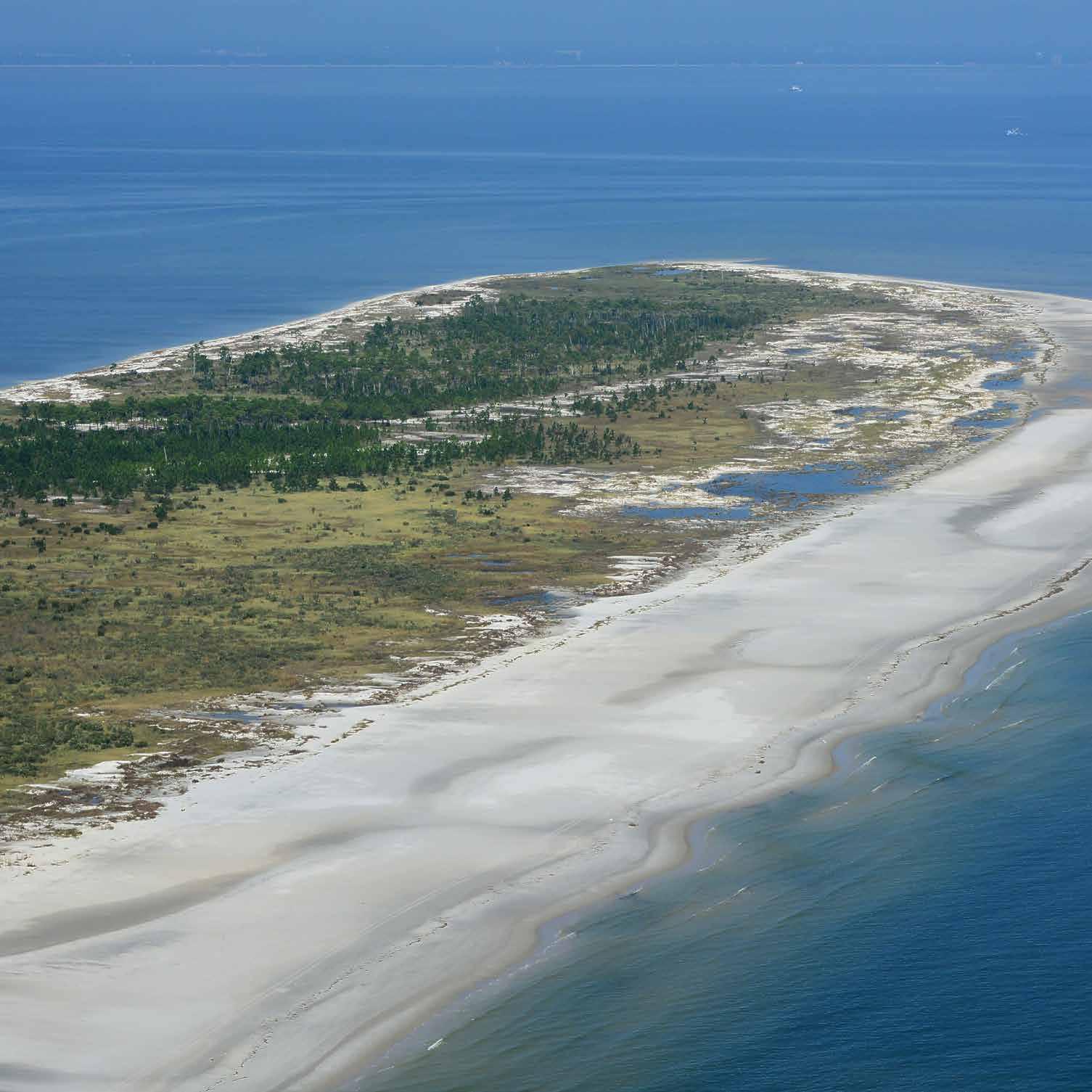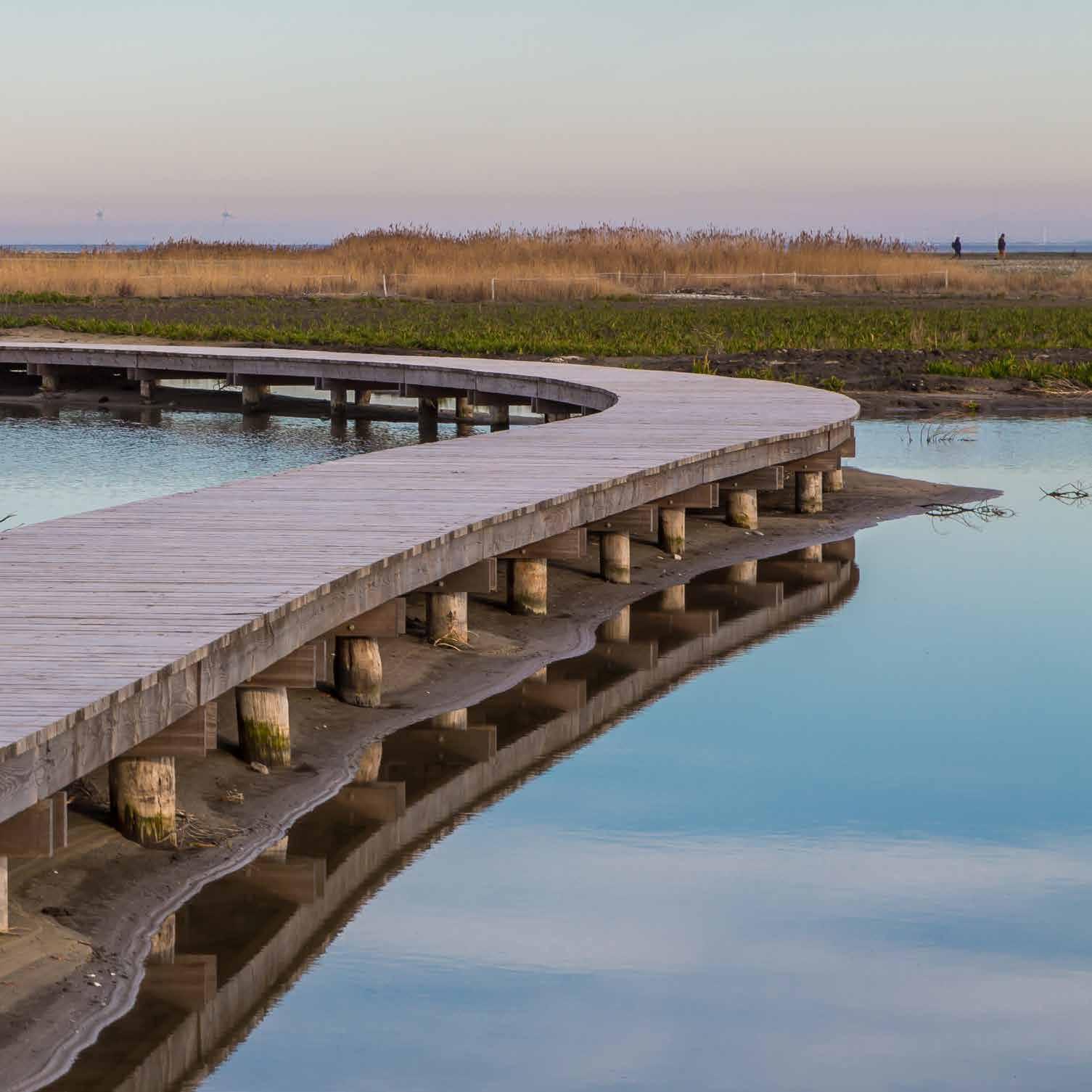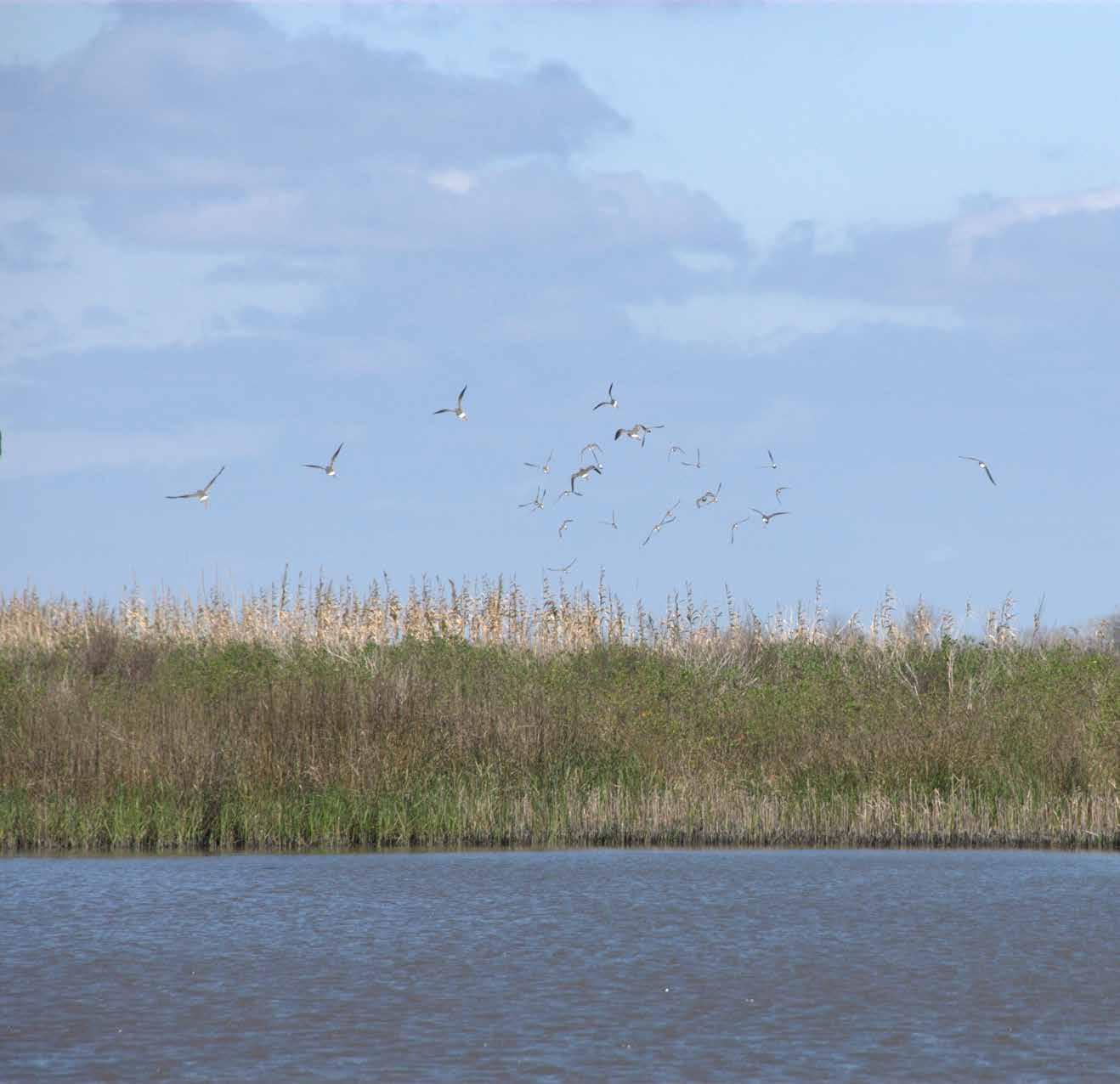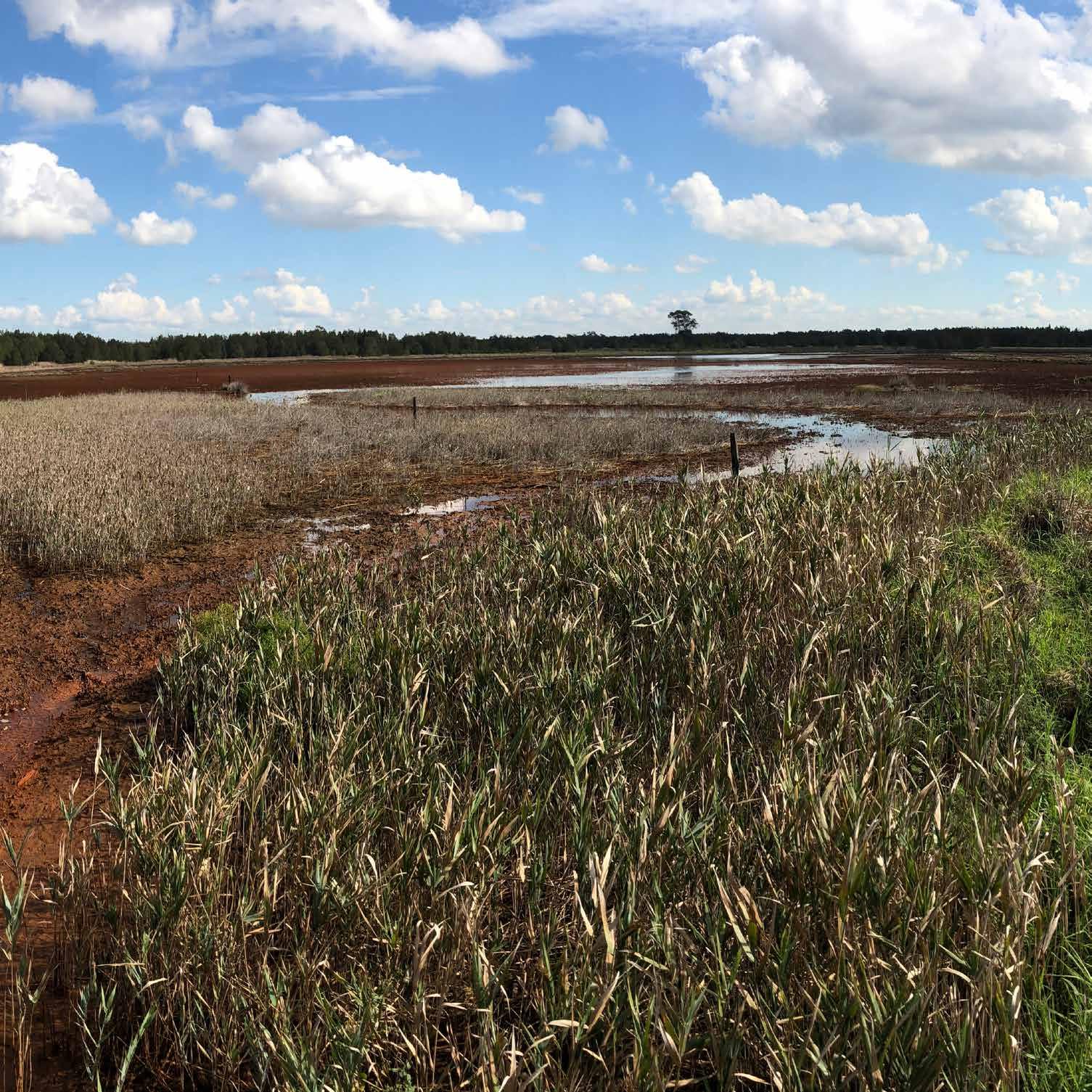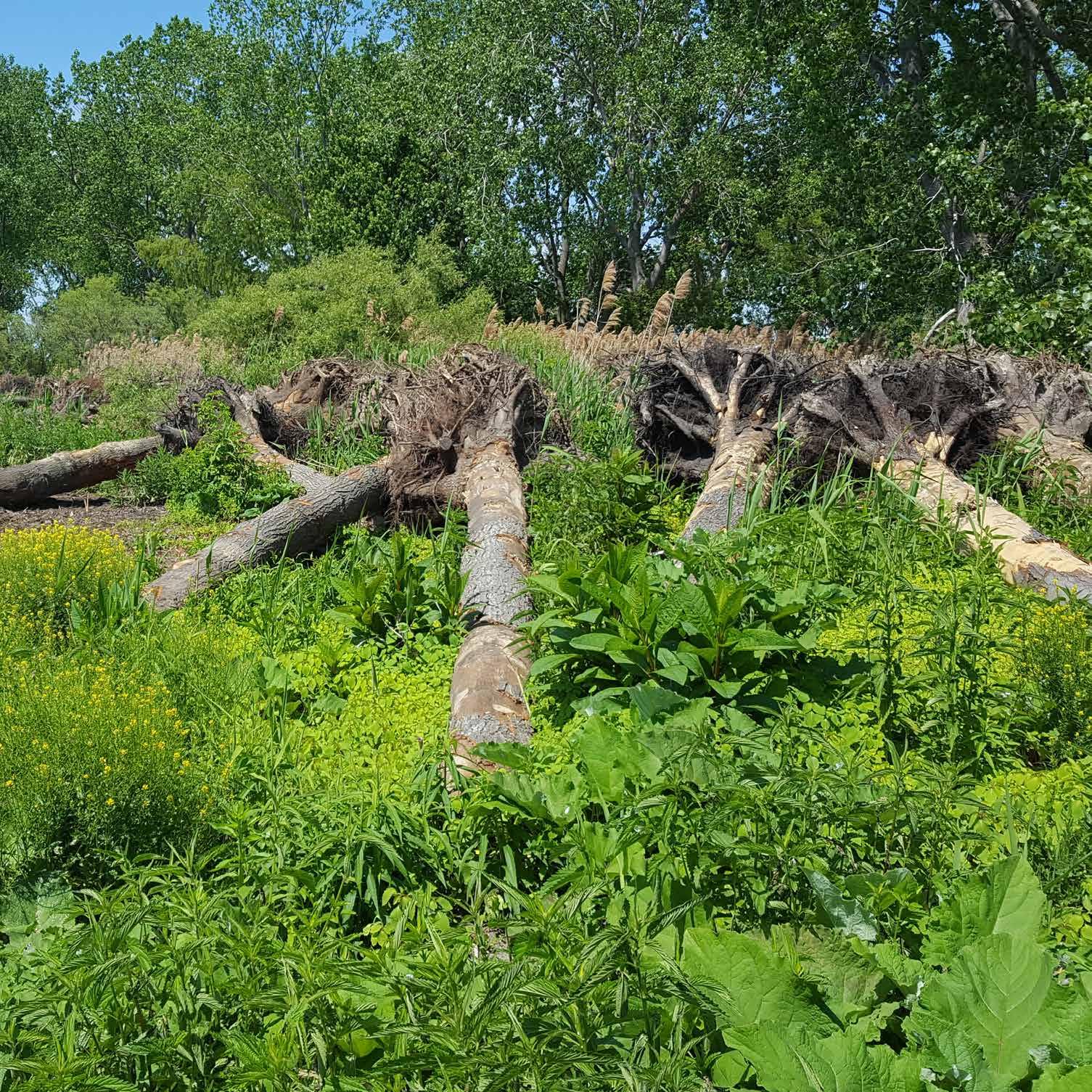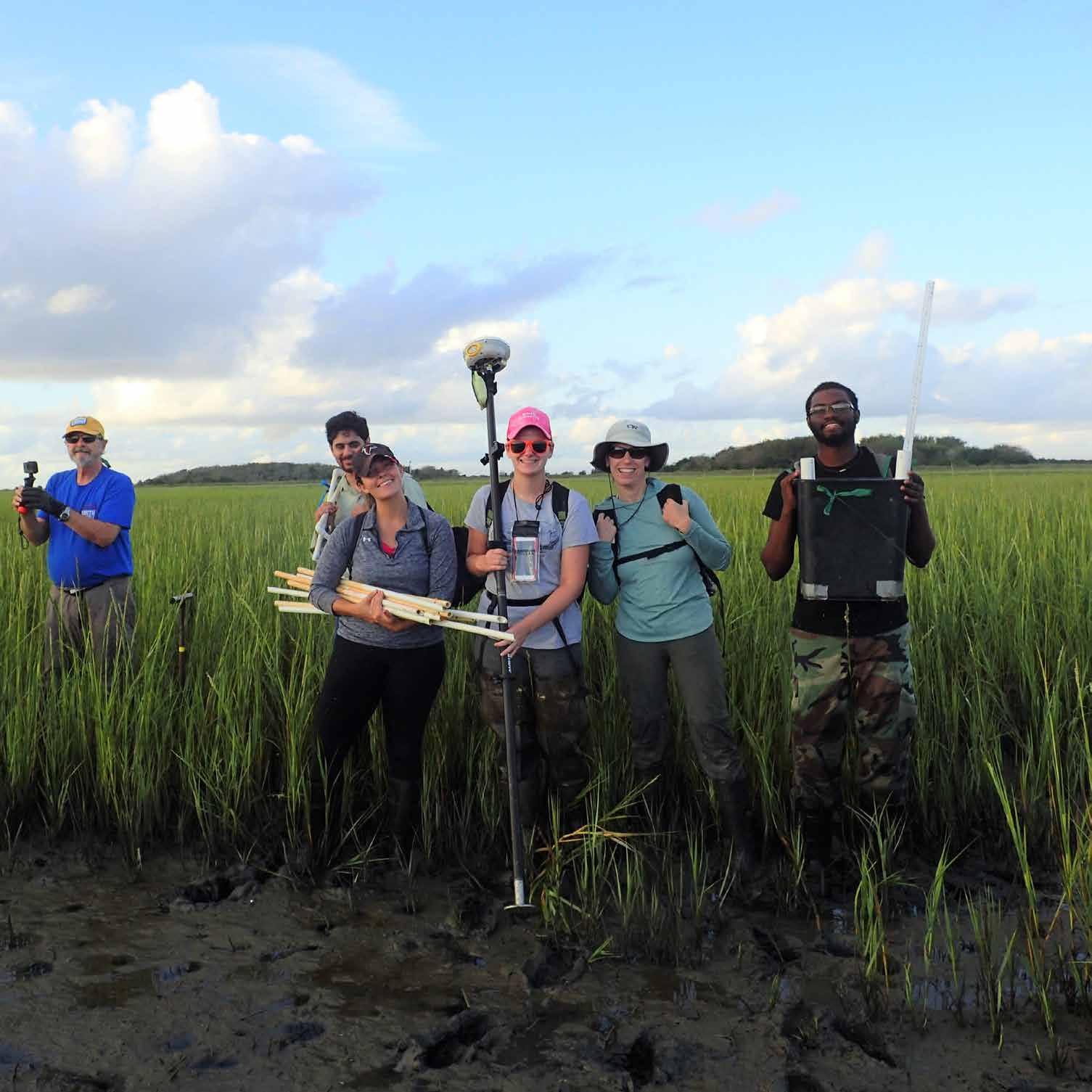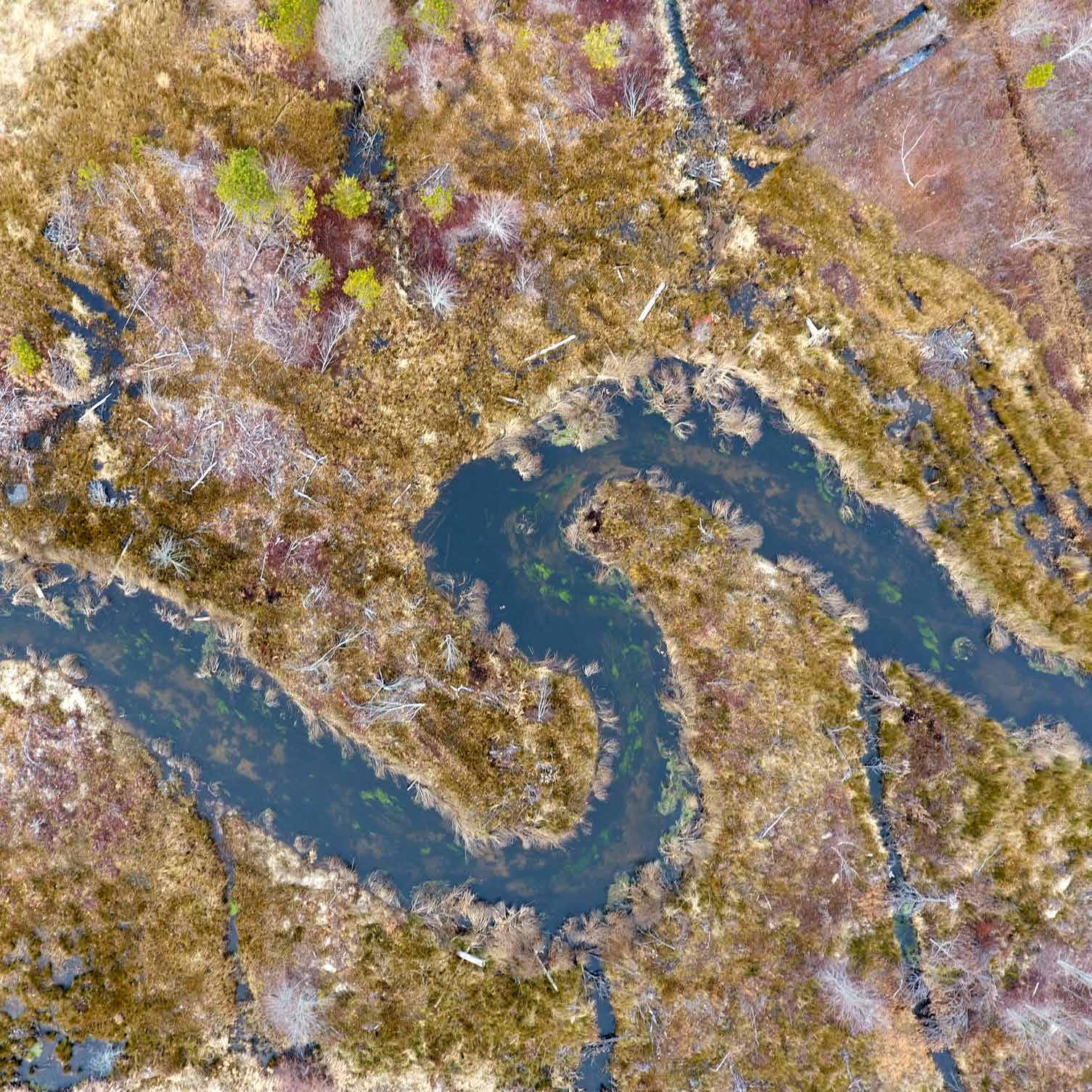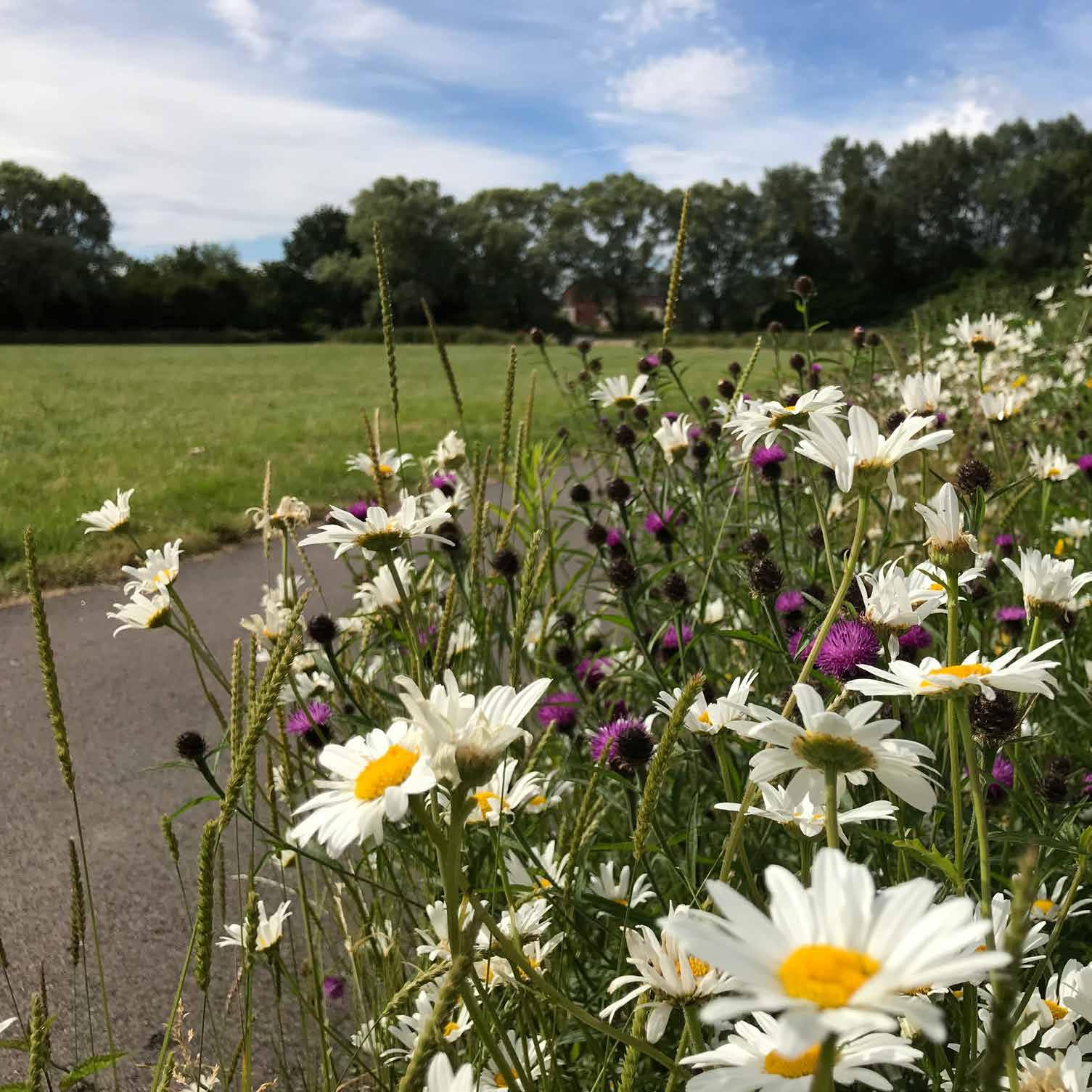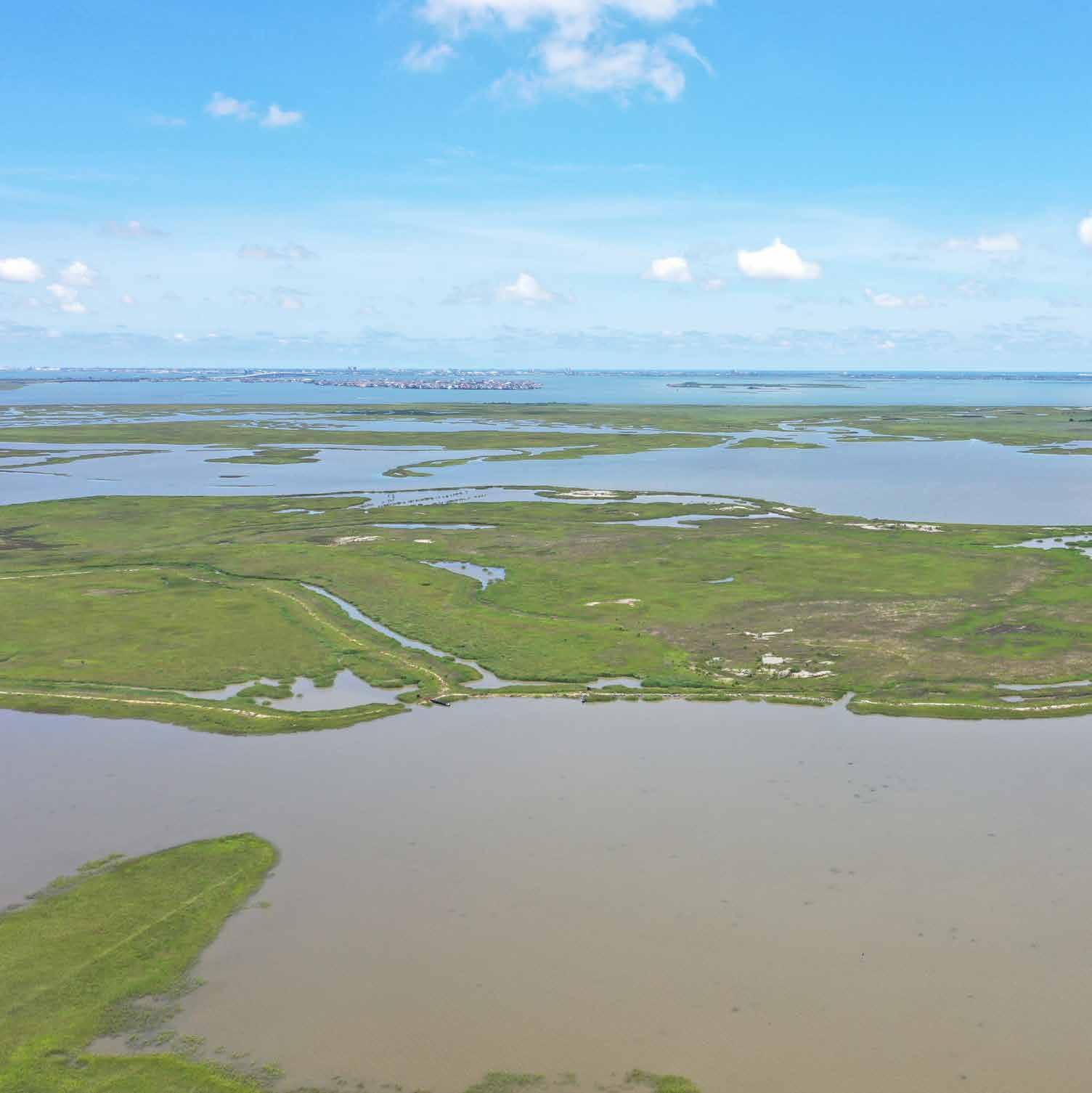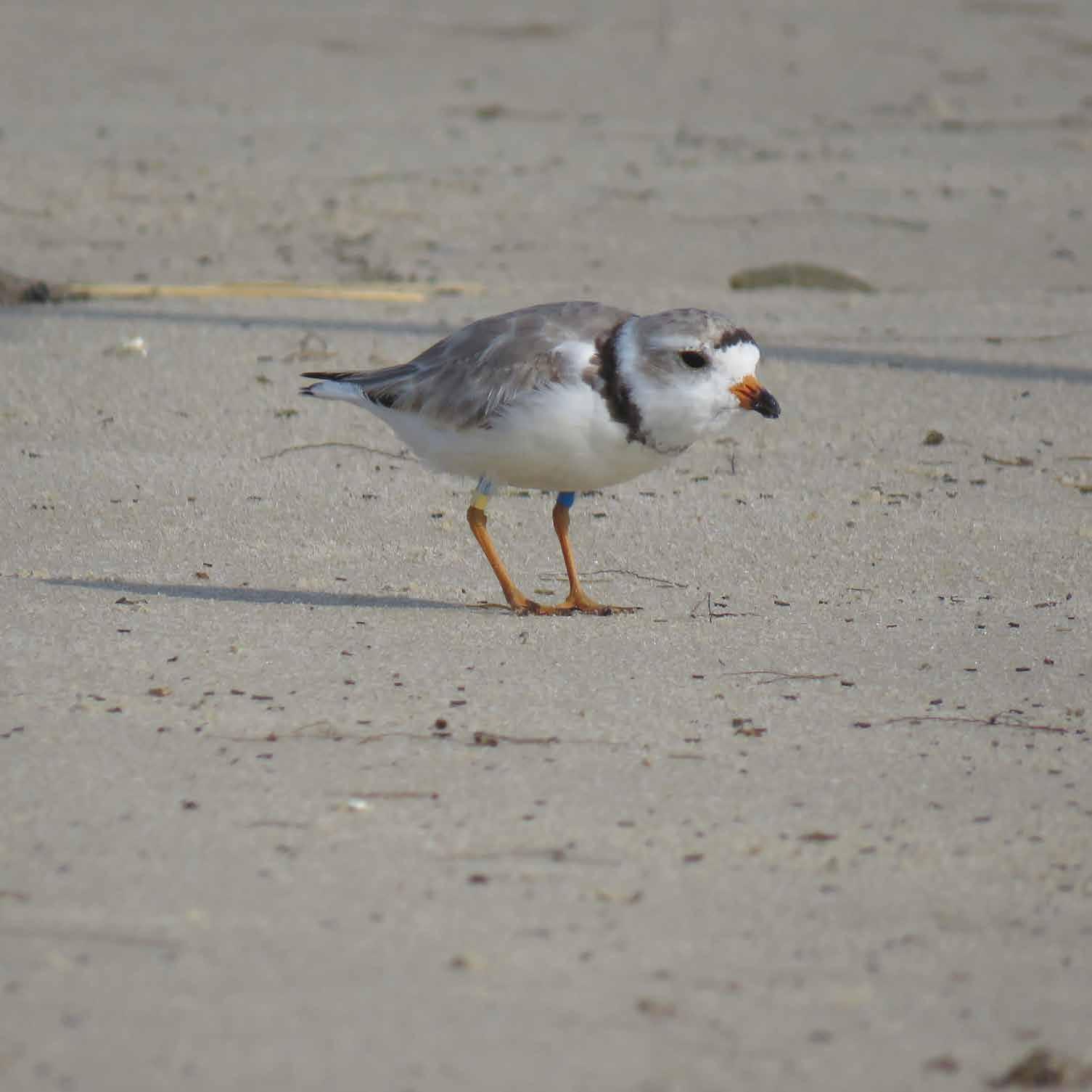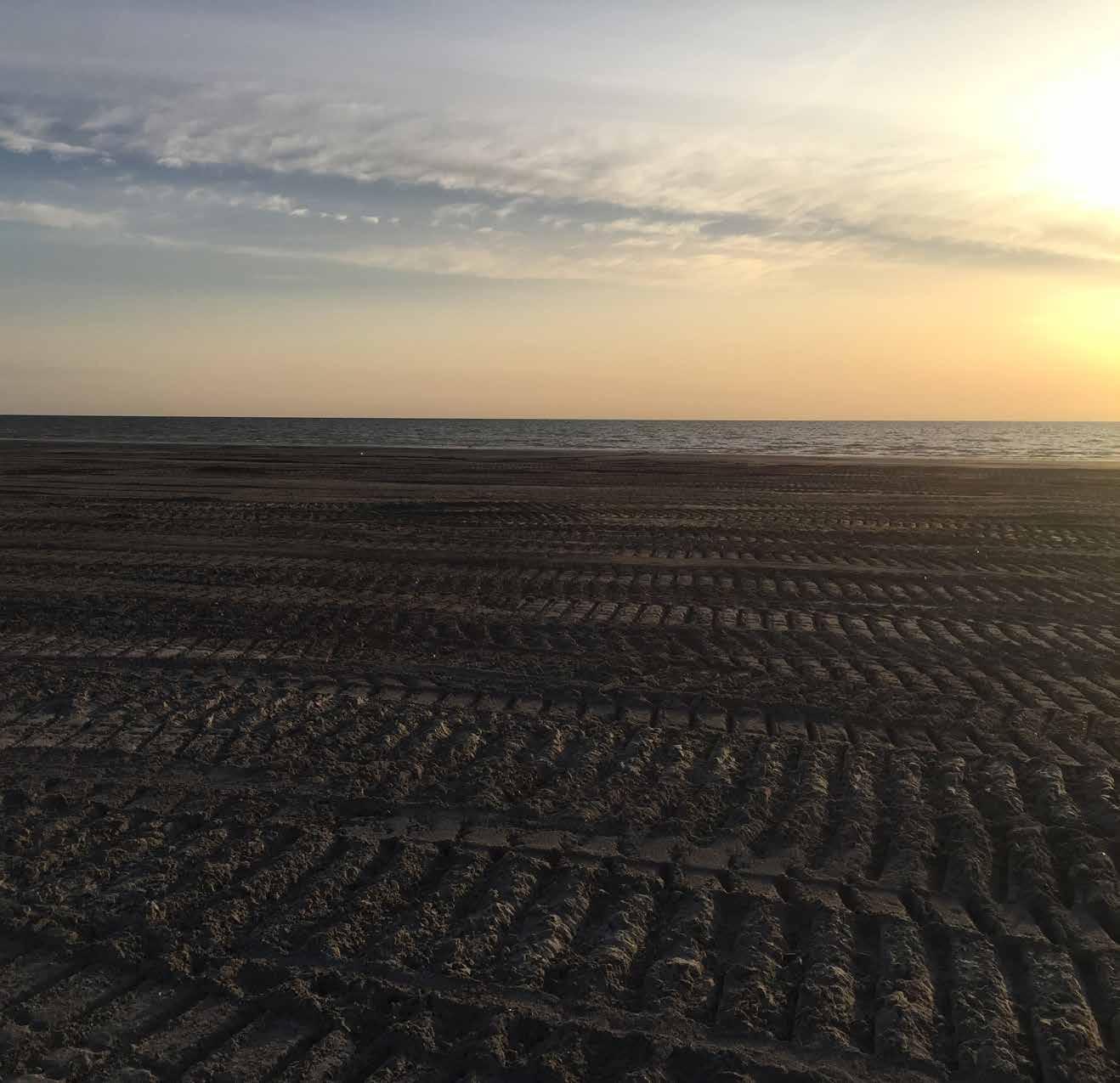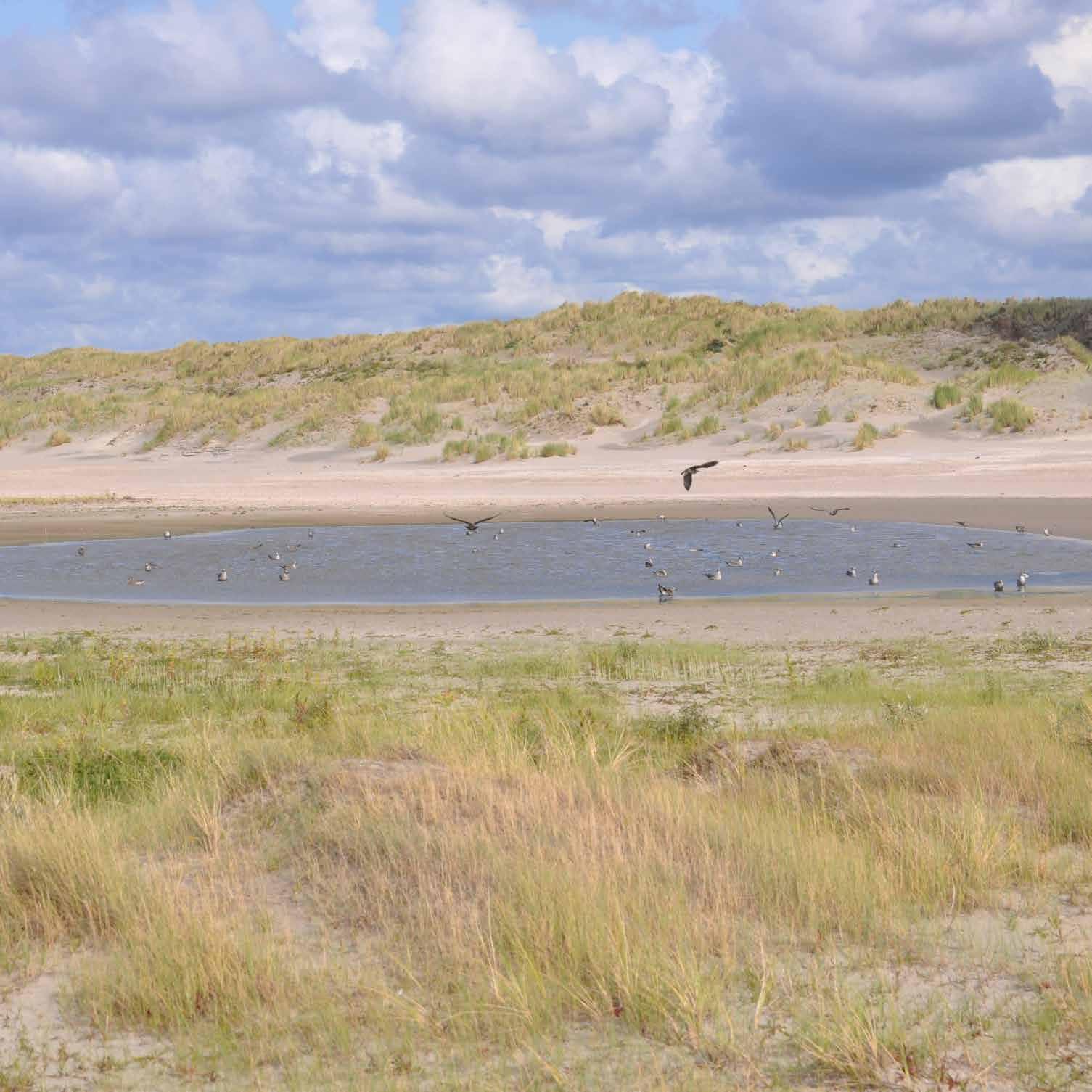Kerry Island Estuary Floodplains
Clatskanie, Oregon, United States Restoring habitat for a Pacific Northwest icon. Part of the Lower Columbia River estuary, Kerry Island is part of an extensive estuarine system that once produced the most Chinook salmon (Oncorhynchus tshawytscha) in the nation. But since the 1800s, the ecosystem has lost half of its historic habitat. Conversion of Kerry Island’s estuarine floodplain to agricultural, urban, and industrial uses, including a levee installed in the 1920s, led to severe degradation. The levee disconnected the island from regular tidal fluctuations, halting the floodplain’s daily inundation and causing a loss of sediment deposition, nutrient exchange, and salmon habitat. Tidally influenced landscapes such as estuaries and marshes are of critical importance to the life cycle of Pacific salmon, and restoring and expanding these habitats is a key component to salmon recovery. Therefore, in 2004, the Columbia Land Trust acquired the land; and in 2016, they removed the levee during a single tidal cycle, which required nine excavators working in tandem to remove around 8,000 cubic meters of material. The team’s efforts converted 40 hectares of agricultural land to native marsh, providing new habitat for Chinook salmon, steelhead (O. mykiss), and federally listed species such as coho (O. kisutch) and chum (O. keta).
184














